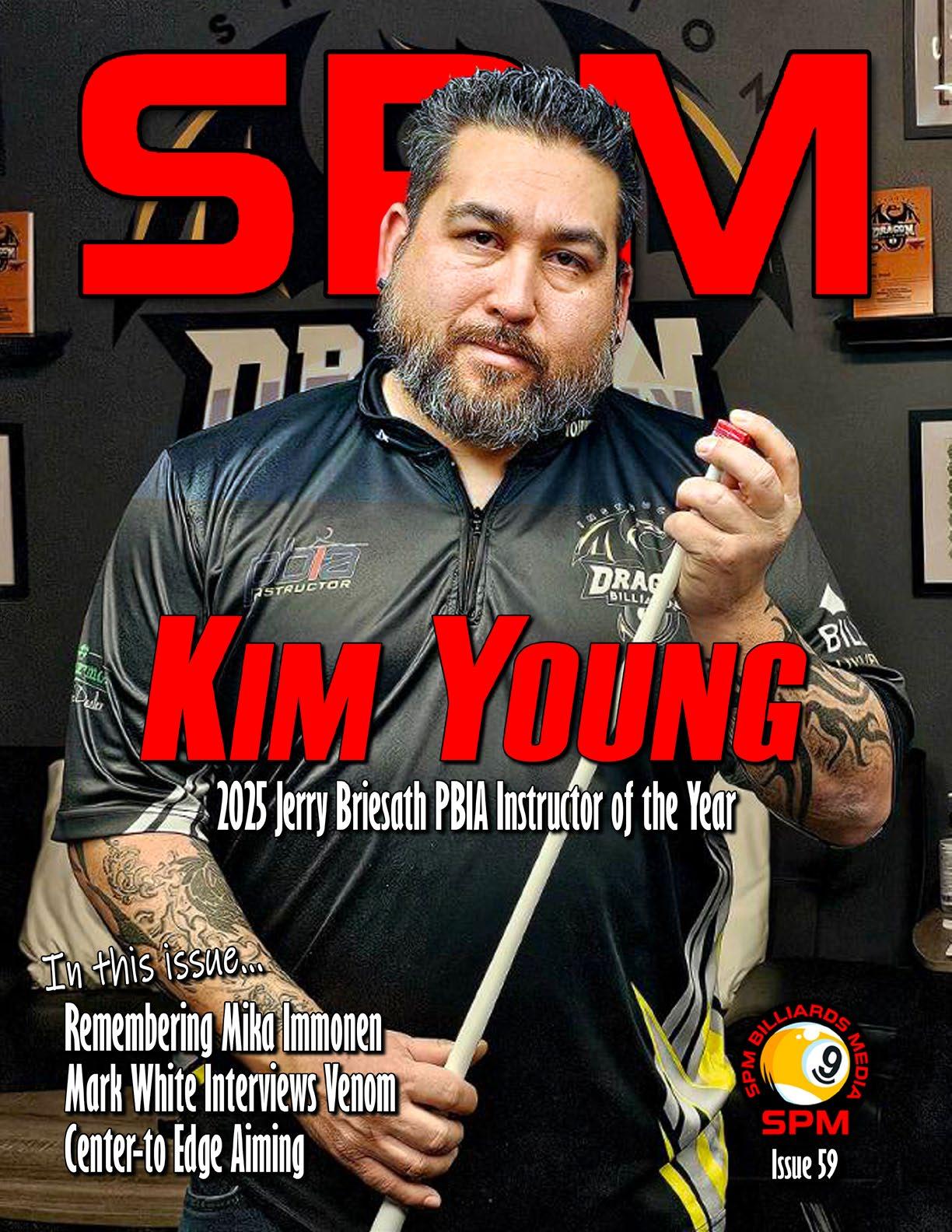

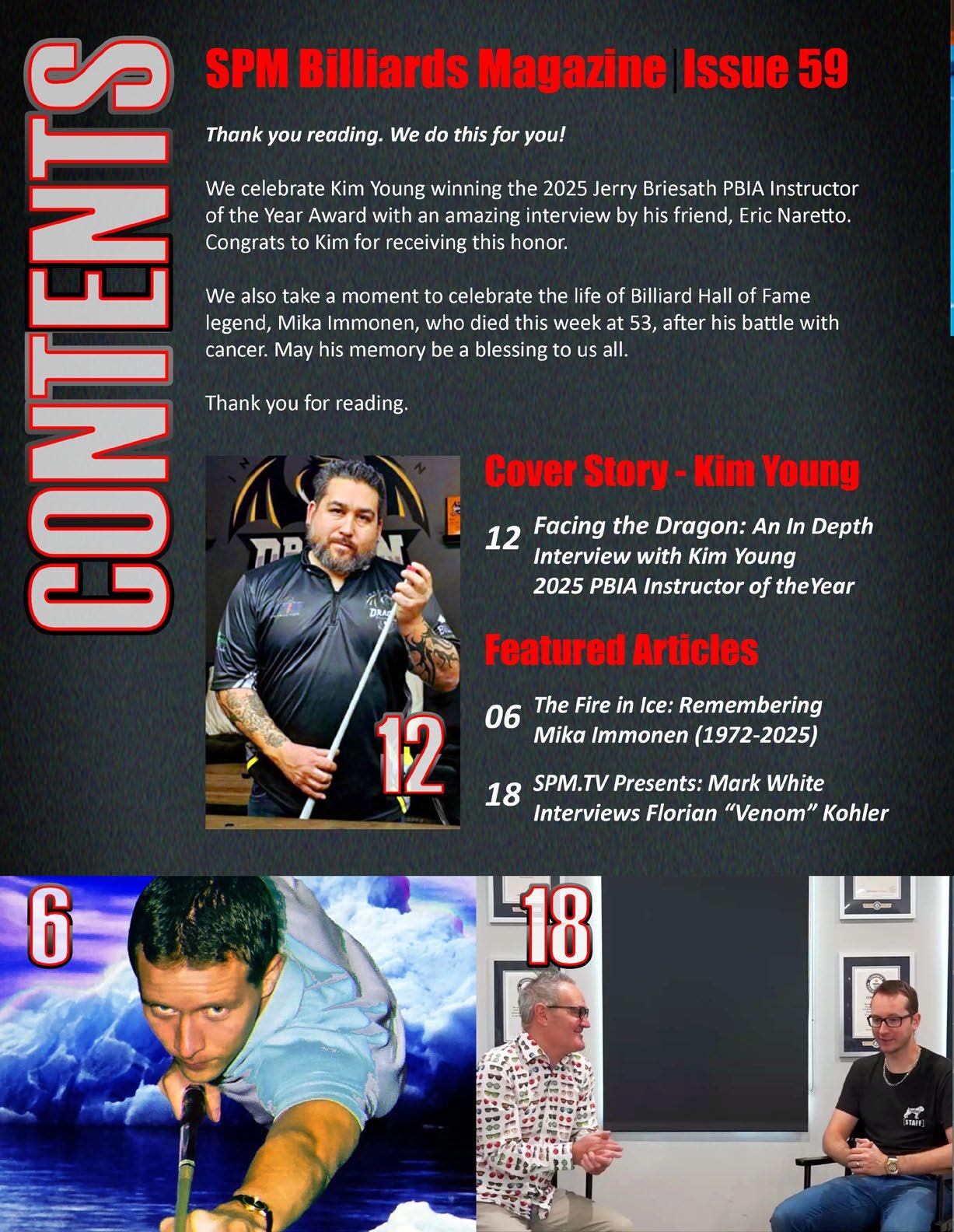

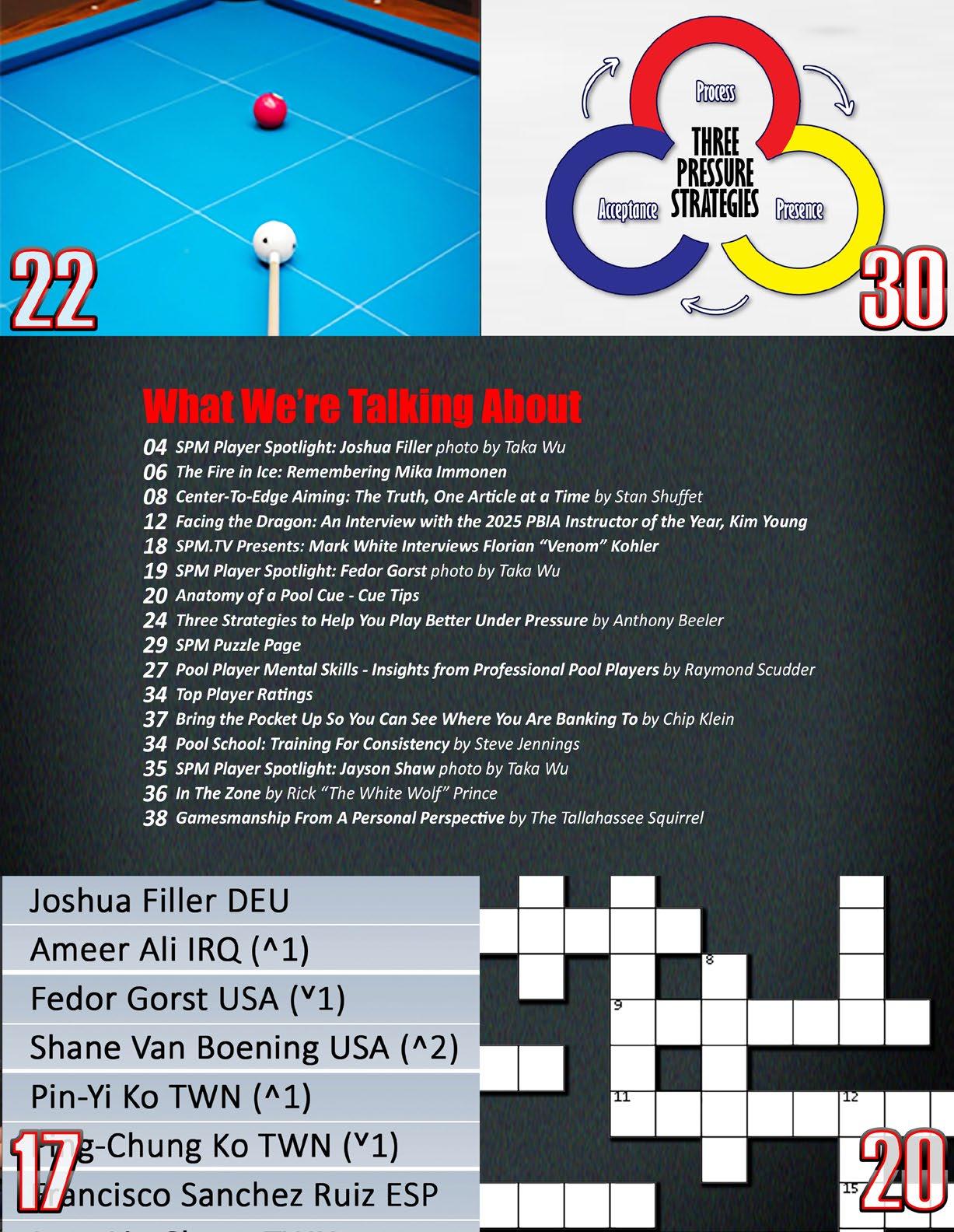

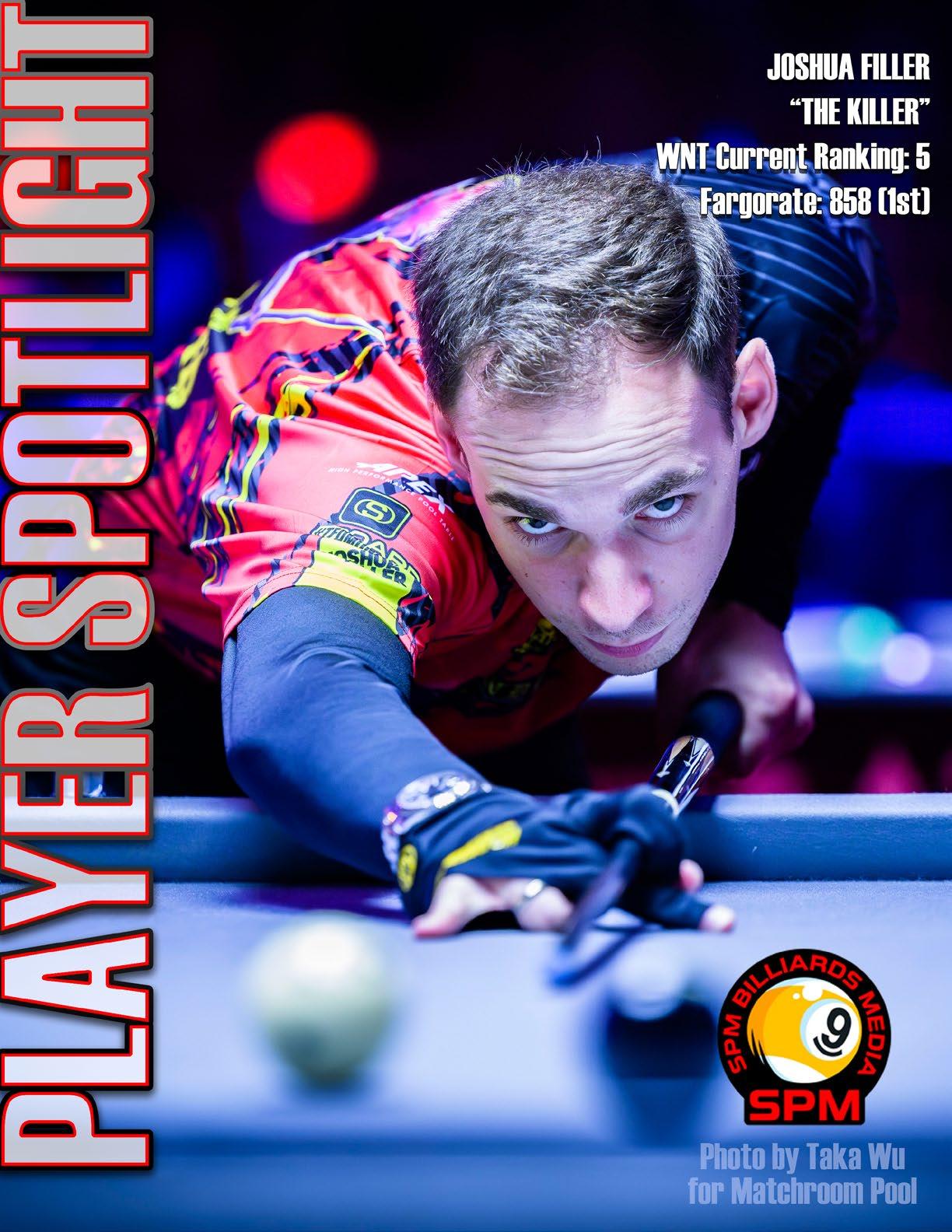














The world of competitive billiards is mourning the loss of one of its most stoic and successful champions, Mika Immonen, who passed away recently at the age of 52. Known universally as "The Iceman," the Finnish legend carved out a monumental career, clinching multiple world titles and securing a 2014 induction into the Billiard Congress of America (BCA) Hall of Fame. His passing leaves a void in the sport, but his legacy—built on relentless mental fortitude and technical brilliance— will continue to inspire future generations.
Born in London and raised in Helsinki, Finland, Immonen’s journey to pool greatness began not on American nine-foot tables, but by escaping the brutal Nordic winters in local poolrooms, initially tackling the heavier balls of Kaisa, or Russian pool, before transitioning to snooker and eventually Americanstyle pocket billiards. This early exposure to varied cue sports likely honed the versatility that would define his professional career. Mika was handsome, stylish, and well-spoken, possessing a natural charisma that was essential in helping elevate the sport’s profile on the international stage.
Crucially, Immonen’s mental toughness extended far beyond the game. When he faced frustration early in his career, he didn't just practice more—he completely shifted his focus to competitive running. He picked up a runner's handbook and trained for the grueling New York Marathon, completing it multiple times with sub-fourhour performances. This immersion in physical endurance instilled in him the discipline, patience, and unwavering belief that he could succeed—qualities he immediately brought back to the pool table. He often championed the Finnish concept of Sisu, an almost untranslatable word
embodying extraordinary determination, resilience, and courage in the face of adversity. This philosophy became the bedrock of his competitive spirit.
Immonen’s competitive fire truly ignited in the new millennium. After years of competing on the EuroTour, his career highlights are a tapestry of global success. In 2001, he cemented his status as a world elite by capturing the WPA World Pool Championship (9-Ball), becoming the first and only Finn to achieve that feat. He further demonstrated his mastery of different disciplines by winning the World 10-Ball Championship in 2009. His dominance in the United States was underscored by backto-back victories at one of the sport's most prestigious events, the U.S. Open 9-Ball Championship, in 2008 and 2009—an astounding run that earned him the Billiards Digest Player of the Decade honor for the 2000s.
His prowess in team competition was equally impressive. Immonen was a stalwart for Team Europe at the Mosconi Cup, pool's version of the Ryder Cup, representing his continent on 15 occasions and contributing significantly to four team victories. In 2012, he partnered with Petri Makkonen to win the World Cup of Pool for Finland, delivering a thrilling national victory.
Even when diagnosed with colon and rectal cancer in late 2023, The Iceman faced his toughest battle with trademark Sisu, becoming an inspiration not just to pool players, but to anyone facing hardship. Though the cue is now racked up for the last time, Mika Immonen will forever be remembered as the epitome of cool under pressure, a global ambassador for billiards, and a warrior who never gave up, embodying the fire that burned beneath the ice.

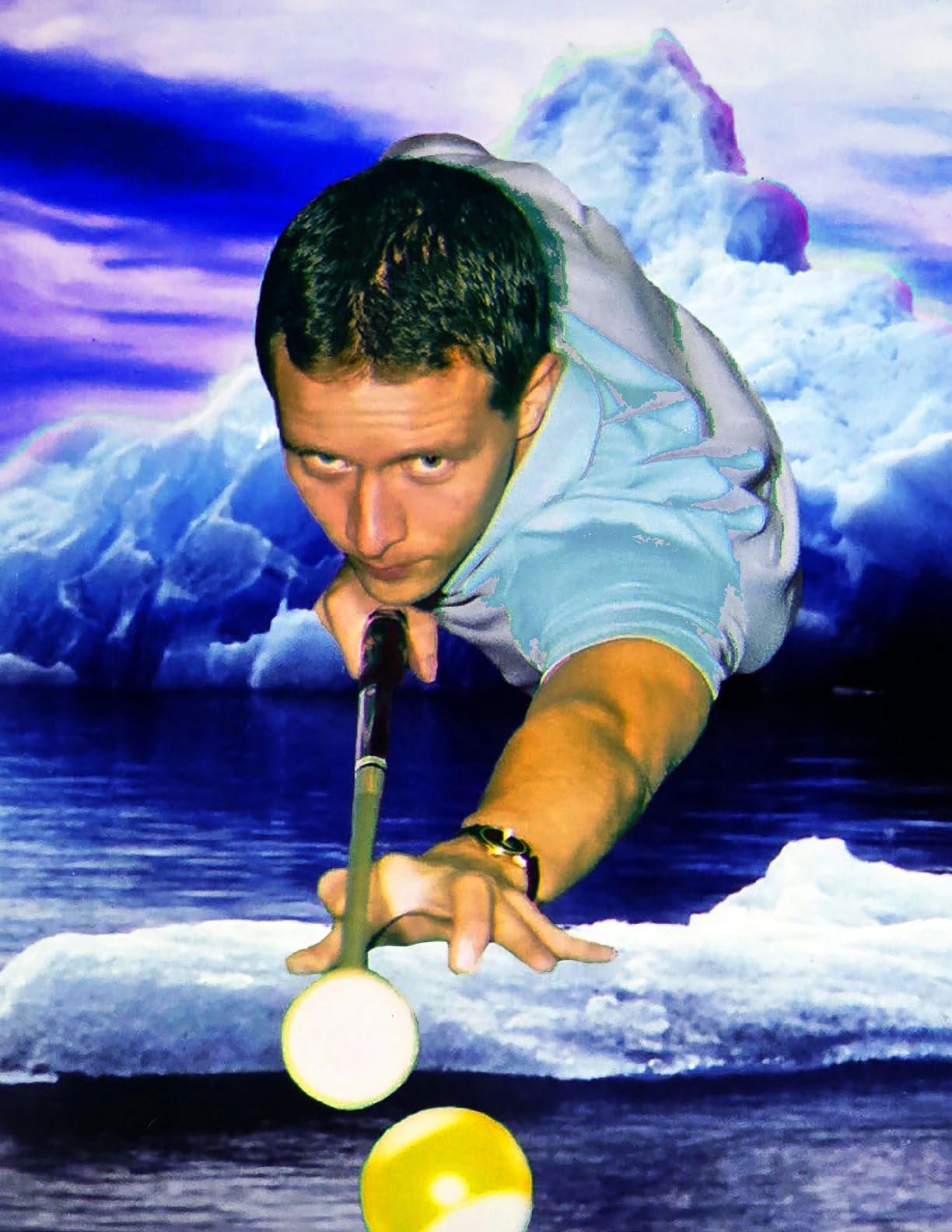

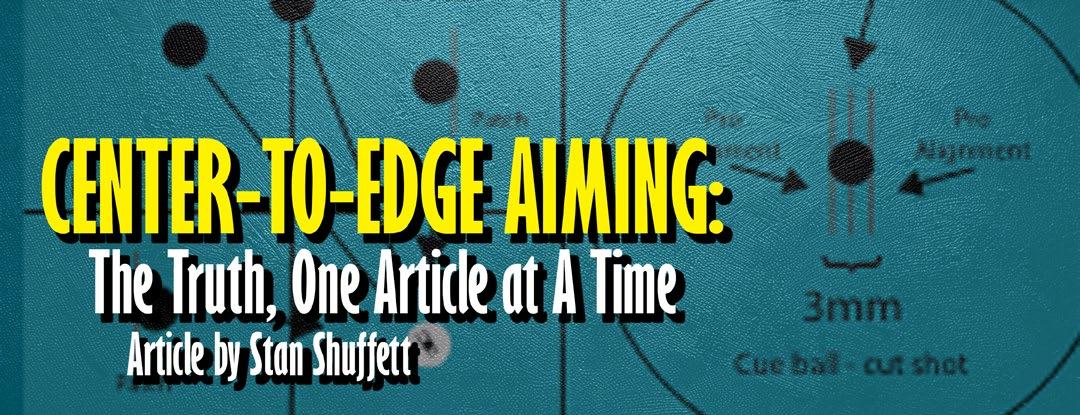
My involvement with CTE began in 2005 when Hal Houle, the pioneering constructor of Center-to-Edge Aiming, informed me that our game was being taught the wrong way. Houle indicated to me that what I needed to learn to right the ship was “so odd and so different that I would never figure it out”. Fast forward two decades. I have completely solved the mystery of CTE, and you are the beneficiary.
It’s no secret: Center-to Edge Aiming (CTE) is one of the most controversial pool topics of all time. Proponents of CTE tout the phenomenon as having completely solved aiming, while the critics view CTE as just another adventure in feel.
Many thanks to Garrett Troop and SPM Billiards Magazine for inviting me to share my Center-to-Edge Aiming expertise with the readers of SPM Billiards Magazine. I have ten years’ worth of CTE articles in my mind, and I’m rearing and ready to share. I’ll start with shedding some light on the truth about the middle of the cue ball.
Have you ever wondered why American players generally favor a degree of outside spin for cut shots? They certainly do and there’s a reason for it—lack of center cue ball knowledge. Center cue ball alignments have never been properly explained on a big stage. That’s about to change thanks to SPM Billiards Magazine.
A CTE practitioner understands that the traditional dead middle of the cue ball is not the CTE working center. For this left cut shot, my tip is aligned to be at the center based on the right edge of the cue ball. This alignment is not on the true vertical axis. This is the center for professionals.
A major CTE milestone for me occurred in 2007 when I declared to the pool world that the elites of our game
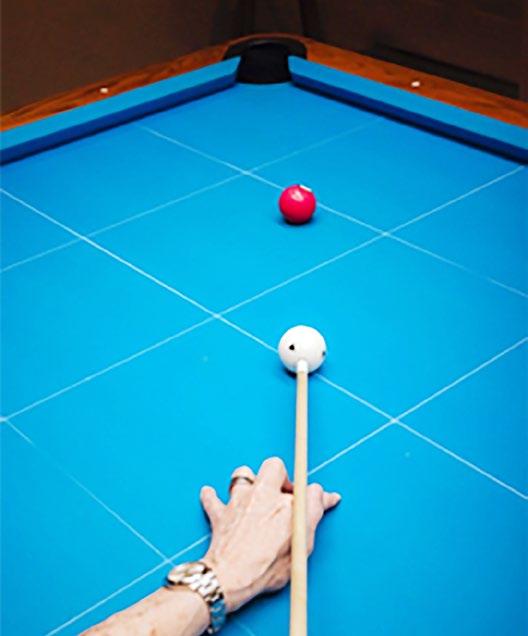


do not move straight down into their cueing alignments. I made a study of observing both the top players of the day and those of yesteryear. It became quite obvious that all top players bend or rotate into their shot lines depending upon the location of the cue ball and the object ball in relation to a given pocket. Immediately, I branded these movements as visual/physical sweeps and began teaching them to my CTE students under the heading of PRO ONE.
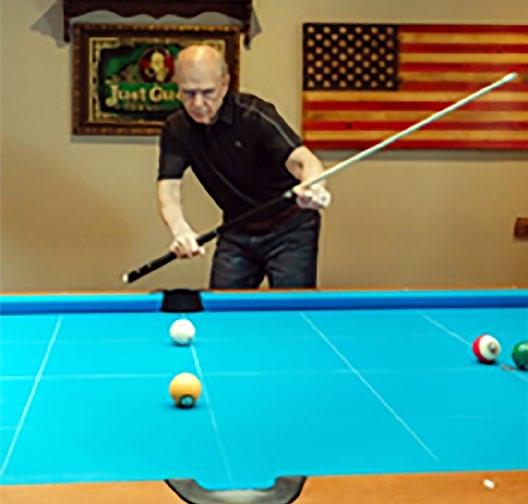
My nose is turned a bit to the left toward the inside. My right eye is somewhat in charge of seeing the shot line. I must bend at my waist as my vision sweeps to the right to my personal mid-face alignment.
My nose is turned slightly to the right toward the inside. My left eye is somewhat in charge of seeing the shot line. I must rotate my body to the left as my vision sweeps to the left to my personal mid-face alignment. No mumbo jumbo here, nothing silly, just the simple truth of how professional players really move into their shot lines.
It’s not just the top players that are using a bend or a rotation to visually sweep into their shot lines. It’s a solid bet that you’re moving into your alignments just like the pros do. This understanding flies in the face of conventional wisdom. Instructors worldwide are teaching players to move straight down into their shot lines while the masters of our game do something entirely different.
A center cue ball tip contact patch is about 3mm in width, consisting of about six or seven ticks. A pool ball has 360 ticks at its circumference. For a center cue ball cut-shot, whether it’s to the left or right, conventional instructors advocate alignment to the tick in the absolute middle of the patch. That’s not ideal because that’s a judgment center. Professional players, when aligning for a typical center cue ball cut shot, naturally align to the last outside tick in the patch. The one tick shot solution for a left cut is the last tick in the patch on the right. The one tick shot solution for a right cut is the last tick in the patch on the left.
Since pros bend or rotate into their shot lines, it begs the question, “Why?” A sweeping movement always causes the player to focus on a particular half of the cue ball to see an edge-based center. Rather than moving straight down to align between the two edges of the cue ball, pros move toward one of the edges, subsequently aligning to a unique center that results in unequal cue ball halves.
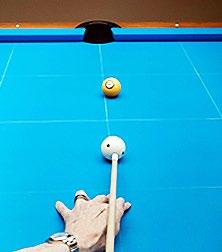
My alignment to the unique center is based on the right cue ball edge. This results in unequal cue ball halves. The tip is shown to be at a slight offset to the half-ball center.


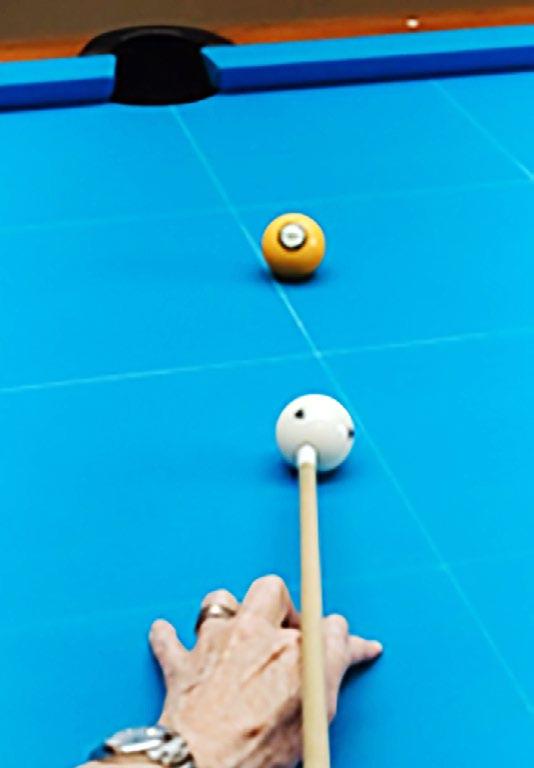
My alignment to the unique center is based on the left cue ball edge. This results in unequal cue ball halves. The tip is shown to be at a slight offset to the half-ball center.
Welcome to reality! The top players in the world are engaging, knowingly or not, in half-ball alignments. Amateurs who seek to align to dead-middle centers with straight-down movements are severely handicapping their games in contrast to those players who base their shot lines on half-ball alignments.
A major implication of half-ball alignments is that the half-ball center almost always results in an unequal split of the cue ball. Although there are half-ball dead-center exceptions, such as zero-angle shots, the thrust of this writing is about cut shots. Typically for cut shots, the inside half of the cue ball is slightly wider and heavier, while the outside half of the cue ball is a smidge thinner and lighter. It’s this very information uncovered by
this instructor that explains why the Touch-of-Inside approach carries significant validity. I refer to this halfball revelation as S/s3 and look forward to covering it in detail in a future article.
Due to the nature of unequal cue ball halves for cut shots, center cue ball alignments always yield an overcut to the ghost ball core. This is game-changing, priceless knowledge as it allows players of all abilities to increase their center cueing for cut shots rather than relying on iffy sidespin. CTE is the only alignment system that naturally factors in (to a significant degree) the negative effects of collision-induced throw.
At times, I refer to CTE as a system, but the best descriptor is “phenomenon”. A great way of thinking about CTE is that it’s a reverse engineering feat that embodies a precise language that describes what the pros do to solve their center cue ball alignments. I personally do not care for man-made aiming systems such as ghost ball, contact points, or fractions. Pros do not use these systems. Pros visually gear cue ball/object ball relationships, subsequently basing their alignments on the half-ball center.
I invite you to come along with me right here at SPM Billiards Magazine as I share the truth about the real Center-to-Edge Aiming, topic after topic, to include table geometry, PRO ONE visual and physical sweeps, gearing, sighting, pivoting, cue-ball edge aiming, parallax viewing, stepping, S/s3, half-ball alignments, CTE and spin, banking, combinations, caroms, and so much more.
Stan Shuffett is the world’s foremost authority on Centerto-Edge Aiming. In 2011 and 2013 Stan produced two top shelf CTE videos: “Stan Shuffett Presents PRO ONE and Basic Center-to-Edge” and “Stan Shuffett’s CTE PRO ONE: The Final Chapter”. In 2021 Stan authored “Center Pocket Music: Using CTE PRO ONE to Improve Your Pool Game”. Shuffett is a master instructor and has been with the PBIA since its beginning in 1992. He specializes in individual instruction at his private teaching facility in Greensburg, Kentucky. Stan’s website is www.justcueit.com.


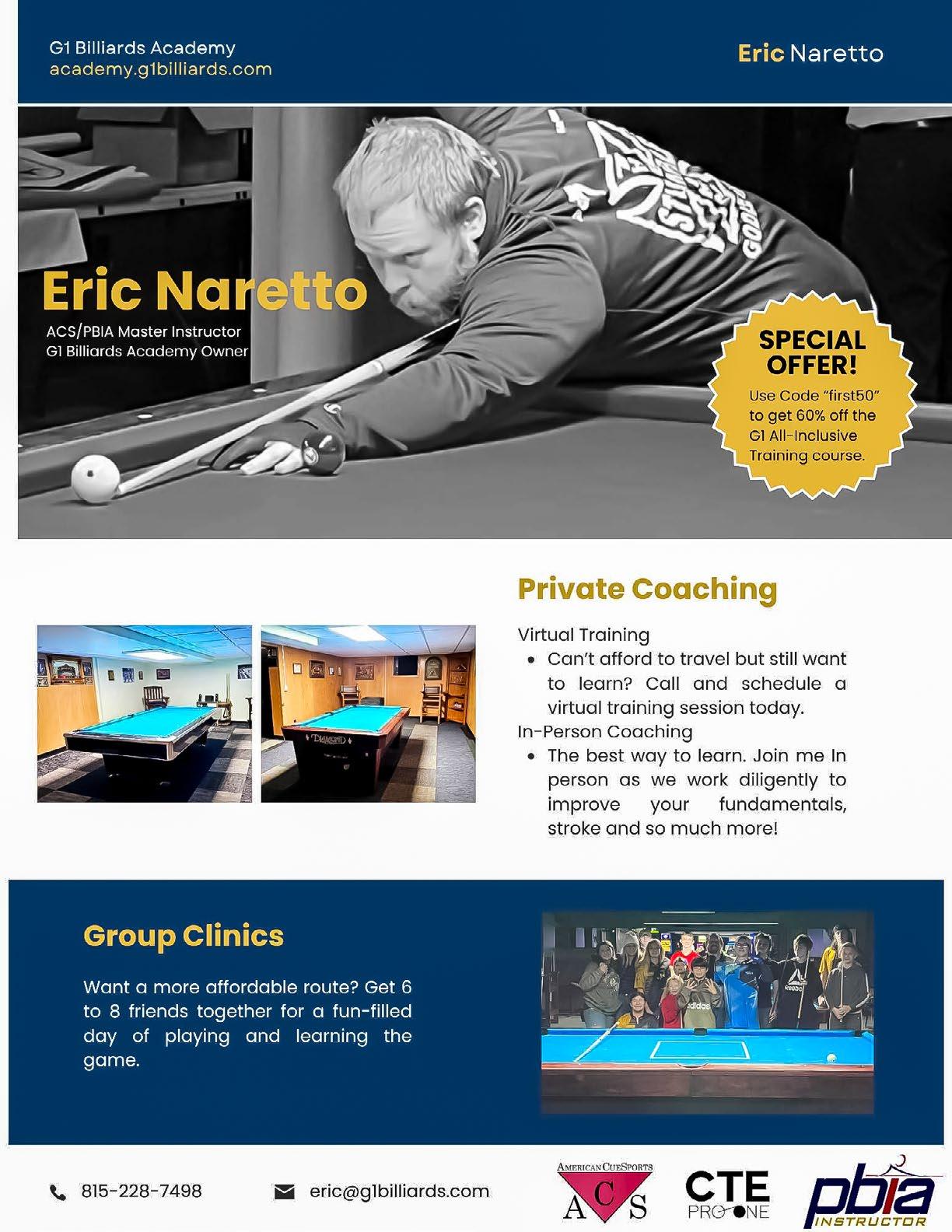

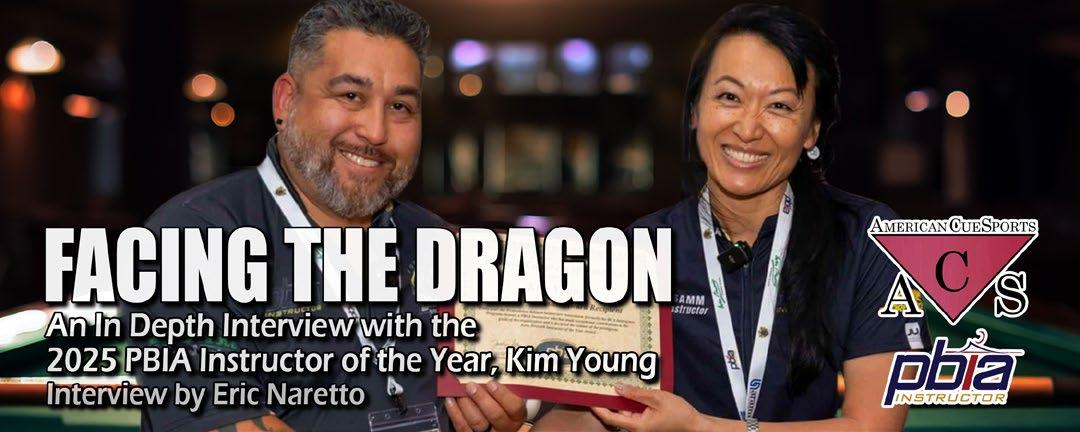
In the world of pool and billiards, there are individuals who dedicate themselves to building the dynamic of the sport in an educational manner. There are many pool players who work with other players, and together they develop each other’s pool games. But what many people don’t know is that, like other sports, billiard instruction is very real, and today we get to focus on a great billiards instructor.
Every year, the PBIA recognizes a PBIA instructor with an award to honor and thank the instructor for their dedication to the game. The Jerry Briesath PBIA Instructor of the Year Award is named after legendary
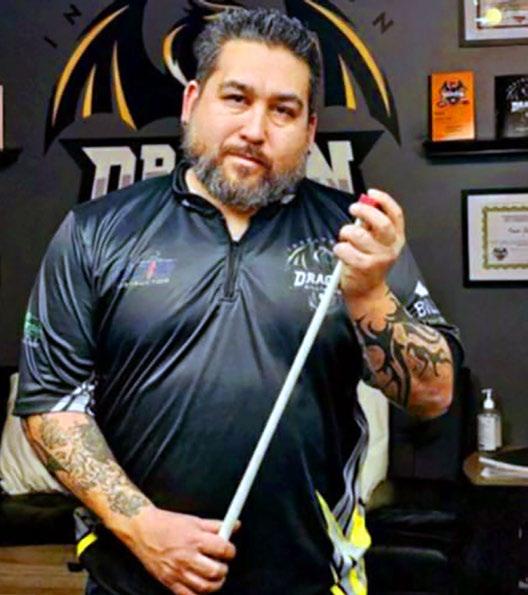
player and instructor Jerry Briesath. Since its inception in 2017, there have been nine instructors who have received this award. Instructors Jerry Briesath (2017), Randy Goetlichter (2018), Scott Lee (2019), Mark Finkelstein (2020), Roy Pastor (2021), Dr. Dave Alciatore (2022), Galilek Saville (2023), Samm Diep-Videl (2024), have all achieved this prestigious award and are appreciated for their efforts in Billiards Instruction.
Kim Young grew up in Upstate New York but spent most of his youth in North Carolina and Arizona, returning to New York at age 13. Young currently resides in Vestal, New York, and operates Dragon Billiards Instruction in a full-time capacity. Before his Billiards journey began, Young owned and operated a construction company that he started when I was 17 (21 years in business), and managed retail grocery stores. Young is married to his wife Tonianne and has 4 children whose names are Jayson, Ryden, Liam, and Finley. When asked what Young likes to do outside of the Pool world, Young replied, “Spending time with my family is my favorite hobby, and I love cooking for them. I also enjoy sampling cuisines from around the world and trying to replicate them without recipes. Food is my love language lol. When I'm not at a dining table or pool table, taking my bride on motorcycle rides (usually to a restaurant) is next best.” Being as busy as he is, Young doesn’t have a lot of friends outside of his work. He mentioned that he has two friends of 20+ years named Tom and Cenzo).
This year at the PBIA (Professional Billiards Instructors Association) and ACS (American Cuesports) International Certified Instructors (ICI) Summit, Kim Young was

honored with the Jerry Briesath PBIA Instructor of the Year Award.
Young is a close friend of mine, and I had the opportunity to talk with him about his journey in billiards, leading him to becoming the 2025 Jerry Briesath PBIA Instructor of the year and where he would like to see Billiards instruction go from here.
Q: How long have you been an instructor?
A: I taught pool for about 5 years unofficially before earning my ACS certification in 2017 and PBIA in 2019. So altogether, about 13 years.
Q: What organizations are you affiliated with?
A: PBIA (Master, 2025 Instructor of the Year, Board Member). ACS (Level 4, Certified Referee, Board Member). Billiard University (Senior Instructor). Dragon Billiards Instruction (Owner).
Talking about the beginning of his instructional career, Young had this to say.

Q: When did you find billiards?
A: My dad enjoyed playing pool, so I watched him play when I was young, but didn't get involved back then. The first time I had any interest in learning to play was when I was 15.
Q: What made you want to pursue a career in billiards?
A: Spite, mostly lol. When I was 15, I decided to take up someone's offer of a $20 pool lesson, but instead of giving me a professional lesson, he just hustled me out of the $20. I knew right then and there that I wanted to be a professional billiard instructor, even before I knew such a career existed. I was dead focused on doing my part to make sure no kid who wants to learn the game ever had to feel the way I felt that day. I think most instructors start with a passion for the game, which turns into teaching later on, but I was a bit backwards. I wanted to teach from the beginning, and learning the game was a necessary part of that. But due to the bad taste from how I started in billiards, I never really developed the passion for playing the game like my students and so many others in this business have.
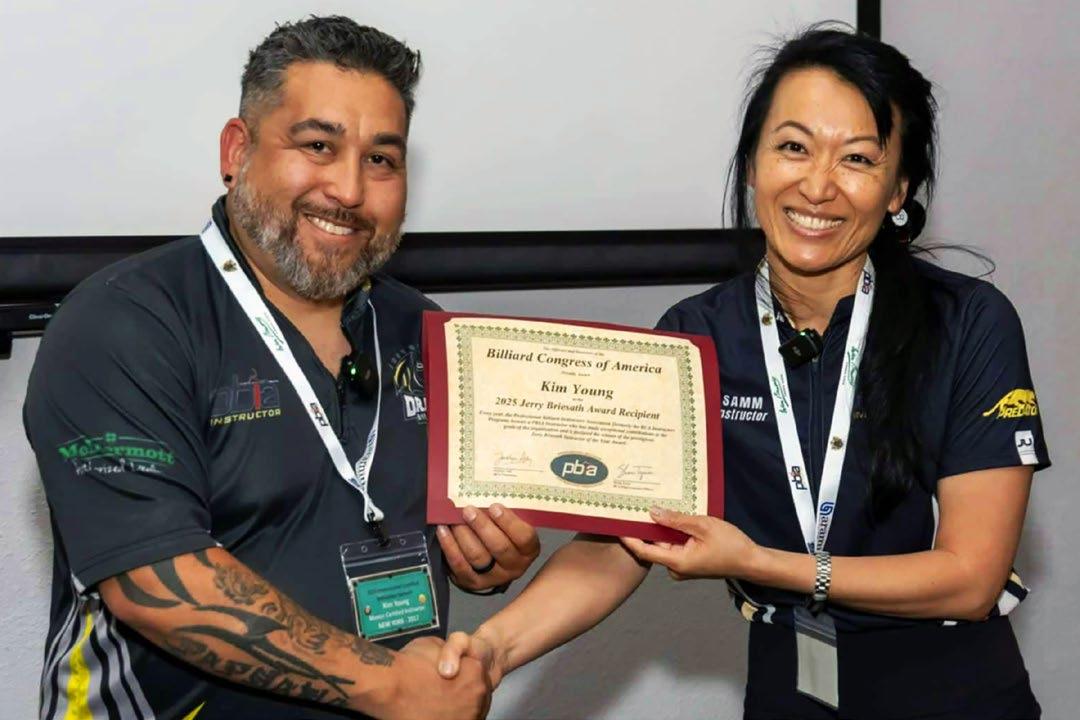

Q: How did you get your name out there before DBI took off?
A: I guess I really didn't. I tried…but it was a very difficult start. Advertising, coupons, free clinics; I picked up a student here and there but it seemed that I had far more interest in helping people than they had interest in my help.
Q: Who turned you into a billiards instructor?
A: Interesting question. On paper, I owe thanks to John Lewis for bringing me into ACS and Roy Pastor for bringing me into PBIA. But thinking more deeply, I owe thanks to that hustler for making me so angry that I built a career in spite of his actions. I should also give myself credit for doing the work. I've taken hundreds of hours of classes, studied thousands of hours with books and videos, and I continue to learn each day to perfect my craft. It hasn't been easy, but it's totally been worth it.
Q: What is your ultimate mission as a billiards instructor?
A: To make quality billiards education accessible for all ages and incomes. To encourage players to view billiards coaching like other sports…a valuable asset to improve skills and enjoyment of the game. For whatever reason, there is a stigma about taking pool lessons that isn't the same as taking golf lessons, learning a foreign language, or

how to play guitar. I would love to see that stigma go away.
Dragon Billiards Instruction (DBI) is Kim’s Billiard Company. Established in 2017, Dragon Billiards Instruction offers world-class billiards coaching both in-person at our Vestal, NY school and live online through video chat. They also have a physical store with an extensive inventory, and an online store carrying thousands of additional items they can't fit under one roof. We pride ourselves on offering the best variety at the best prices and have partnered with some of the biggest brands in the industry to do so. We also offer expert cue repair (Kamui Authorized Tips Installer) and table repair services. Combining those offerings with our professional instruction, we are also unique in the regard that we also teach cue and table repair for those who would like to learn those skills besides how to play pool better. And of course, we are a PBIA Accredited Training Academy and offer PBIA/ACS instructor certification courses both in person and online as well. In 2024 we were honored with being finalists in the Community Choice Awards for Binghamton NY in 3 categories: Person of the Year, Best Sporting Goods Store, and Best Place to Work. Having any business recognized at that level is a great honor, but to have a billiards business do it is a great thing for our sport and industry.



I'm thrilled to be able to dedicate it back to all of my students who have trusted me over the years
Kim Young is best known for his online instruction. In a world where there was hardly any online instruction, Young saw the need during COVID as players weren’t traveling and many places were closed. Seeing that pool tables were a hot commodity during the pandemic, Young decided to take a chance in offering online lessons instead of focusing on in-person, and Young soon realized that it was one of the best decisions he ever made.
Q: Talk about when you decided the market of virtual training was possible.
A: COVID changed the landscape of how we work, learn, and play. Even today, many jobs that went remote in 2020 due to the pandemic remain remote because of the benefits. It was during COVID that I realized there were a lot of people buying pool tables at home and a lot of pool halls shutting down… in-person instruction was at a standstill. I knew it would take some learning on my part to know how to see things through a camera instead of in person, but as long as people were willing to try, so was I. 2020 is when I started advertising live online instruction through video chats and still today I teach far more using this method than in person because it’s equally effective and far more convenient/ affordable than traveling.
Q: Talk about the stigma of virtual training.
A: I think a lot of people assume the coach can't see what's going on with the player virtually as well as they can in person. Honestly, things do look different, but I've learned techniques that allow me to be every bit as effective online as I am in person. I've also heard “I learn better in person,” which usually just means they've never tried any other way. I guarantee satisfaction with all of my lessons to help alleviate the fear of wasted time and



Eric Naretto is a two time State and National Champion. An
instructor
for
13 years,
he is currently a Master Instructor with the PBIA and a Level 4 Instructor with the ACS.
In July of 2025, Eric was awarded the Inaugural American Cuesports
Outstanding Instructor of the Year Award.

money. I'm proud to say that after working with over 7,000 students in 62 countries, they've all been satisfied with no refunds given. Yes, most of them were skeptical but willing to try, quickly becoming believers and regular students. Technology isn't a problem either, and I'm happy to help anyone who is interested in trying. In fact, I have a 103-year-old virtual student in WA who I had to teach how to use his iPhone before we could move to learning FaceTime and eventually pool. He was able to do it because he was more interested in results than excuses. He continues to be a very good student who is improving all the time and I'm so proud of him. Excuses or results, whatever people are looking for, they'll find.
Q: Talk about the positives of virtual training.
A: I think the #1 perk is the convenience that allows more frequent lessons. Boot camps are nice, but it's hard to cram that much information into a short time and even harder to retain it. But the cost and inconvenience of travel makes weekly or bi-weekly lessons unavailable. With live online lessons, my students meet with me at the frequency that works best for them, which usually looks like 1 hour per week with them practicing what they learned between lessons. They get better faster by developing proficiency at a few small things than trying to improve everything all at once. It's so convenient that many of my students work with me during their lunch break from work! Plus the comfort of working with a coach in your home is helpful to many who fear they'll be ridiculed by the railbirds at the pool hall.
In 2024, Young was the runner-up in the PBIA Jerry Briesath Instructor of the Year award. This year, Young was honored with the prestigious award. Discussing the JBIOTYA, Young said the following.
Q: When did you realize that the JBIOTY Award was something that you would like to work towards?
A: I don't think that I ever specifically worked towards the award. Recognition is wonderful, but I don't do anything because of recognition. I do what I feel is the
right thing to do for what I feel like are the right reasons, with the students and the sport in mind. But that said, I've always looked up to the winners of the award before me (Jerry, Randy, Scott, Mark, Dr. Dave, Roy, Galiek, Samm) and dreamed that one day my name would join theirs. In 2024, when I found out that I was in the running against Samm, I think I wanted it more than just because I saw it was within reach. I'm glad Samm won that year (especially since I nominated her), and I was thrilled to learn I was in the running once again in 2025.
Q: What was that path like for you?
A: I honestly didn't do anything differently; I just did what I always do, and I'm beyond grateful that it was enough to be recognized.
Q: What went through your mind when you received the call?
A: My heart exploded. To be listed amongst legends in this industry, including Jerry Briesath himself, is incredible. Beyond that, I was up against some amazing candidates, the other finalists of 2025: Anthony Beeler (a coach I've worked with), Eric Naretto (a coach I've coached), and Steve Jennings (a friend with 25 years of experience). I've dreamt of it for years, but never thought I would be recognized so early in my career, and I thought with 3 other very deserving candidates this might not be my year either. So I was blown away when Rob Moreno called me and congratulated me on the single greatest professional achievement I've received to date. Honestly, I had a little imposter syndrome going on in those initial moments after the call, wondering if I was really worthy. I think that's human nature, though, and my wife reminded me that I worked hard for this and I deserve it. Still, unbelievably humbling.
Q: How does it make you feel to know that you have achieved this award?
A: Words can't express how elated I am. It's such an incredible honor--perhaps the highest honor a professional billiard instructor can receive--and I'm thrilled to be able to dedicate it back to all of my students who have trusted me over the years because they've earned it right alongside me. This award is more than a certificateandatrophy.It'sreinforcementandaffirmation of what my students have come to expect from working with me, and confidence for those who haven't yet pulled the trigger to “Quit Draggin' and Get Dragon” .


Now, as the newly crowned Instructor of the year, I talked with the Dragon about what was next in his career.
Q: Currently, the youngest instructor of the year, what are your goals moving forward as an instructor?
A: I wish staying the youngest was an option lol! My goals are the same as they've always been. To promote billiards education and the sport as a whole, to make billiards education accessible for all, and to eliminate the stigma surrounding billiards instruction. If someone wants to play this game and improve, they don't have to do it the old school way of hitting a million balls or losing a bunch of money to hustlers. We can help them get better by hitting a few hundred balls the right way. Of course on a personal note, being the next one to win SPM Magazine Instructor of the Decade after my friend Anthony Beeler would be another amazing milestone!
Q: What would you like to see accomplished in the world of instruction moving forward?
A: It's a dream, but if billiards instruction could turn into billiards education in public schools and colleges, what a wonderful thing that would be for our sport and industry. That might be a bit too far forward, so in the near future, I would like to see more instructors learn how to provide high-quality, live online instruction, perhaps with certification endorsements showing the instructor received specialized training to do this. I love that at the International Certified Instructors Summit we have a lot of instructors sharing ideas so we can all better ourselves and our programs for our students. The best students make the best instructors. I'm always so proud to see the ones who continually learn and grow so they can improve themselves and what they're offering others. The future of billiards education is bright!
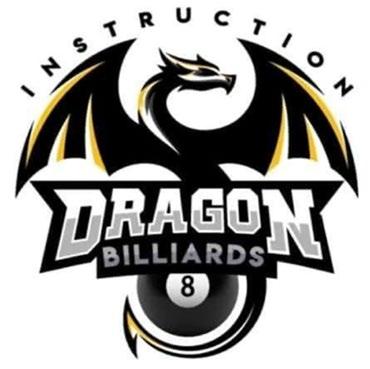
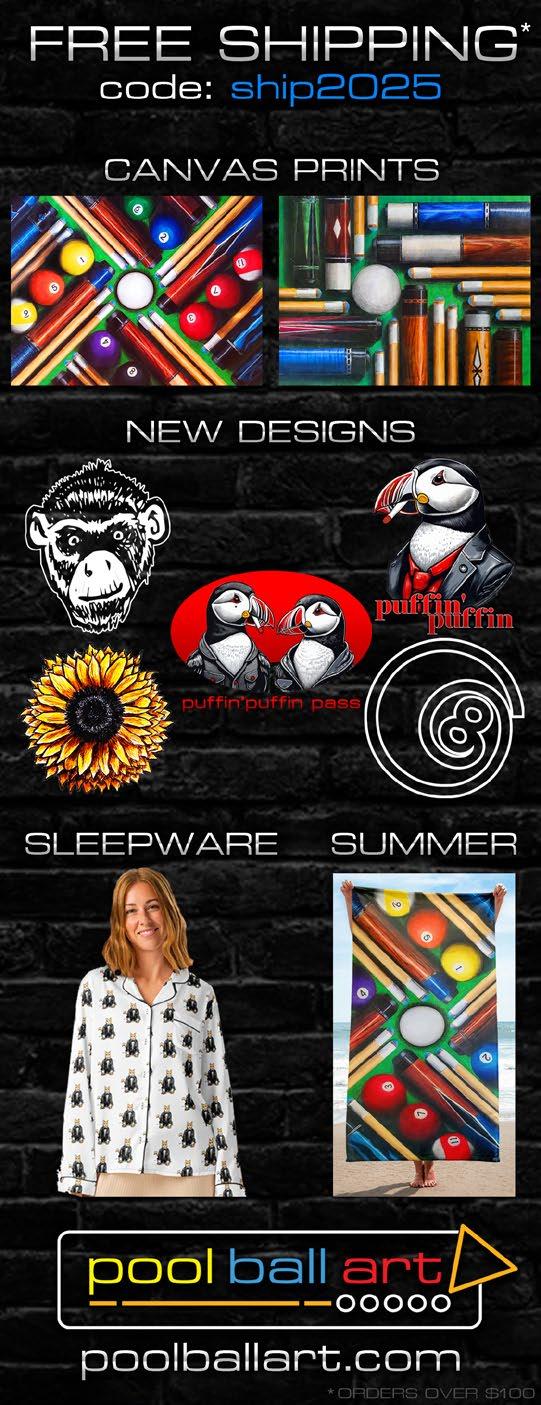

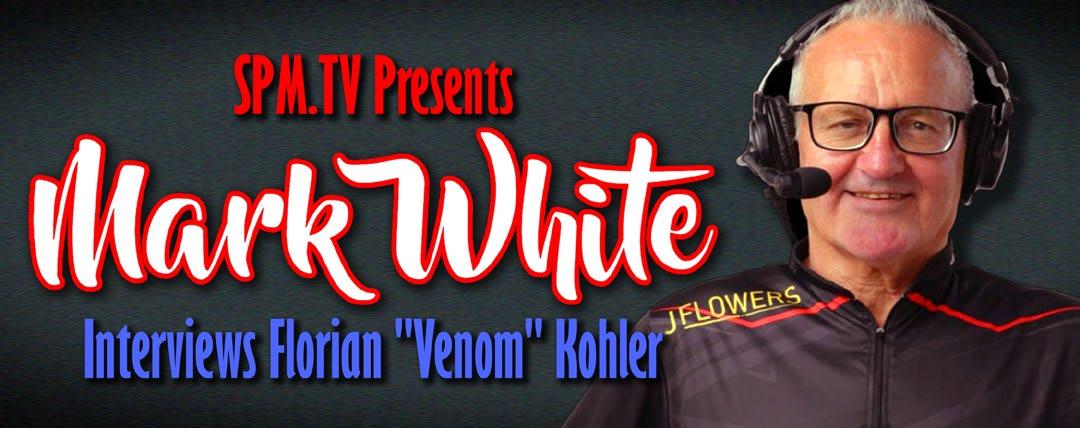
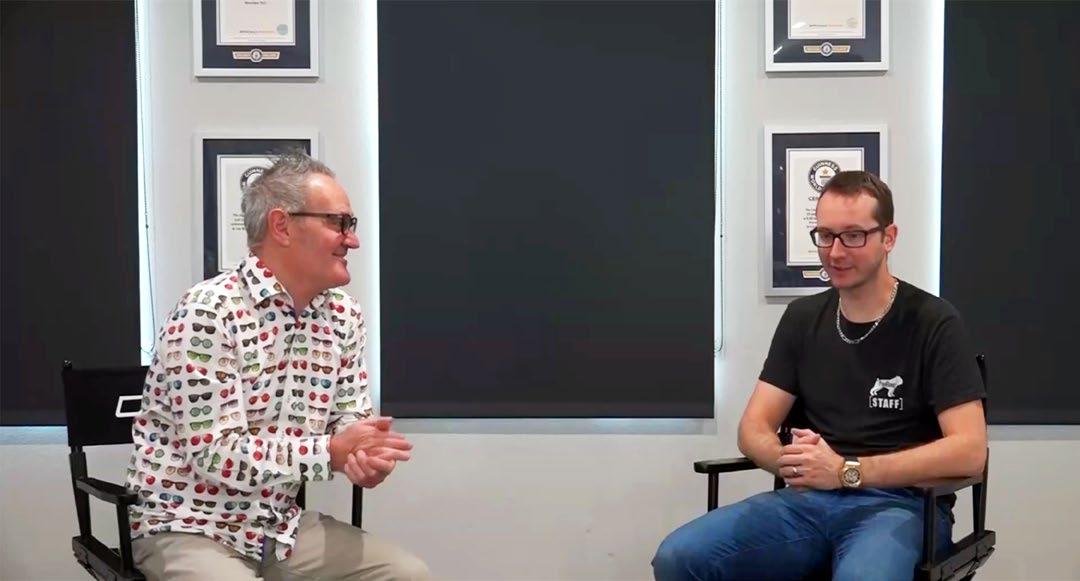
SPM TV Presents Florian 'Venom' Kohler with Mark White!
See this great interview in Florian 'Venom' Kohler's home as Mark White interviews him! Watch Florian 'Venom' Kohler make a shoe shot with Mark White!
A great interview! Check it out!


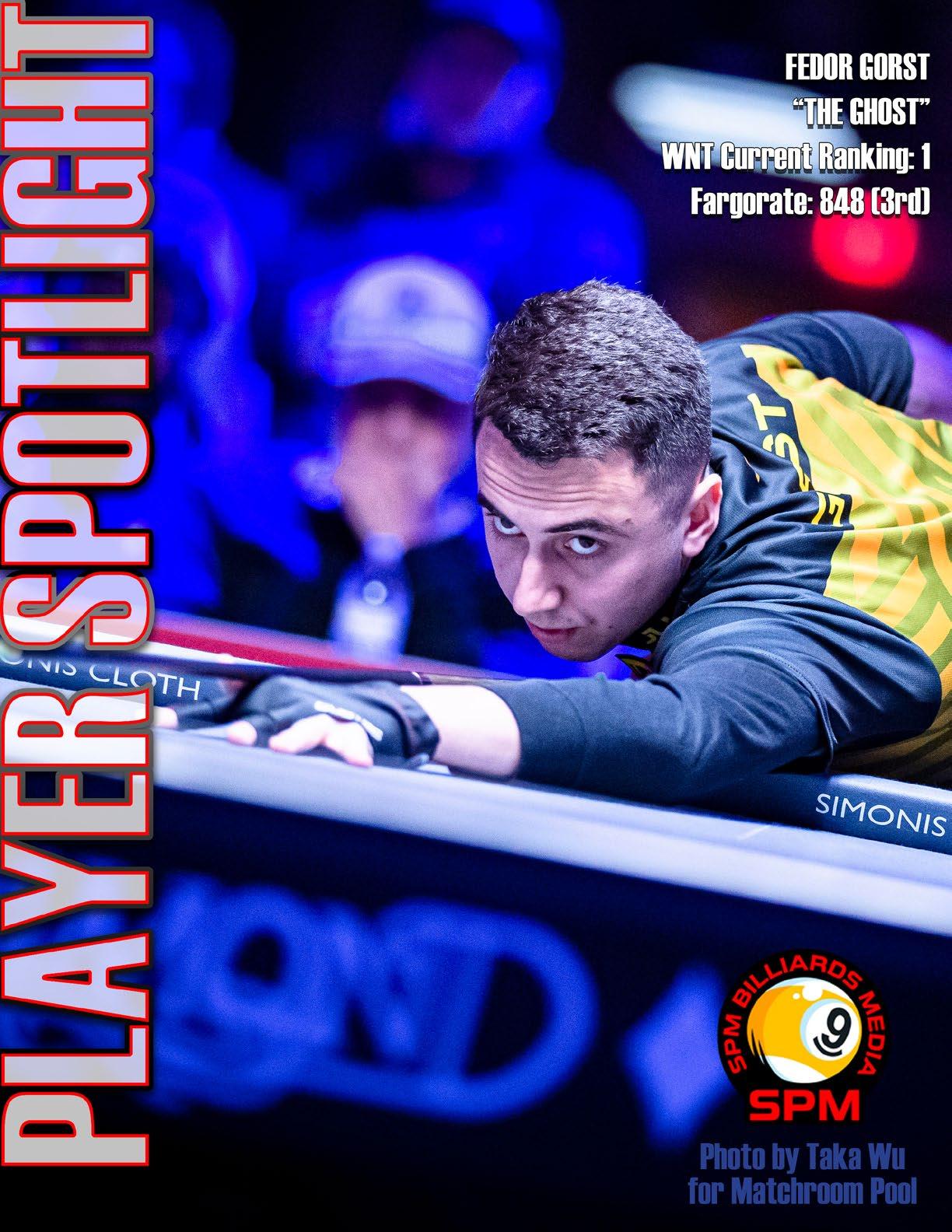

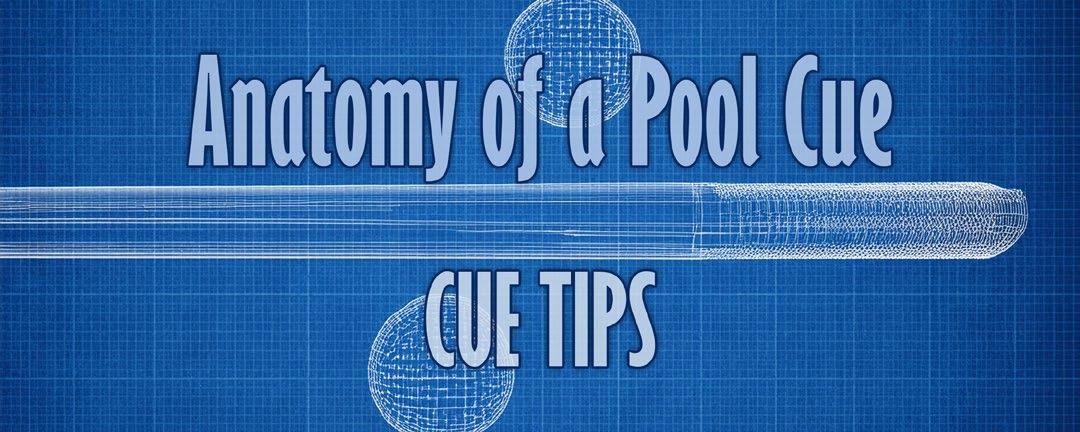
For centuries, the game of billiards has captivated players with its blend of precision, strategy, and physics. While the cue stick itself is the primary tool of the trade, a lesscelebrated but equally crucial component determines the outcome of every shot: the cue tip. From its humble origins to the complex, layered products of today, the evolution of the billiard cue tip mirrors the sport's own journey toward a game of nuance and control.
The history of the cue tip is a story of a sport slowly refining its tools. In the 15th and 16th centuries, the game was played with a "mace," a heavy stick with a flat, shovel-like end used to shove the ball. When a ball was pinned against the rail, players would often turn the mace around and use the tapered end of the handle— the "queue," a French word for "tail"—to strike the ball. This practice gave rise to the term "cue stick." However, these early wooden cues were prone to miscuing, a frustrating and common occurrence that limited a player's ability to impart spin.
The first significant breakthrough in cue tip technology came in the early 19th century, thanks to a French prisoner and retired infantry officer named François Mingaud. While incarcerated, Mingaud was allowed to
play billiards and, in his pursuit of a way to improve his game, he experimented with attaching a small piece of leather to the end of his cue. The discovery was revolutionary. The leather tip provided a greater grip on the cue ball, allowing for the precise application of sidespin ("English" in America, "side" in Britain) and backspin ("screw" or "draw"), as well as the now-famous masse shot. Upon his release in 1807, Mingaud's invention spread, transforming billiards from a game of simple pushes to one of intricate shots and strategic ball manipulation.
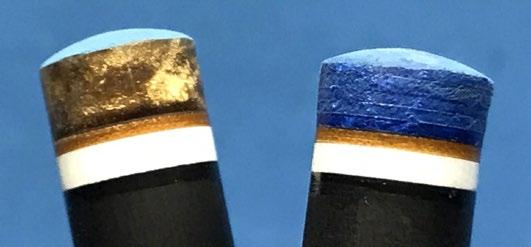
The next major advancement was the widespread adoption of chalk. While early players had rubbed their cues against plastered walls to improve friction, it was in the 1820s that a billiard marker named John Carr began systematically marketing a form of "twisting powder." This discovery, combined with Mingaud's leather tip, created the fundamental system of cue, tip, and chalk that remains at the heart of the game today. For the next


century and a half, the billiard cue tip remained largely a single piece of treated leather, with its effectiveness relying on the quality of the hide and the skill of the cue maker.
Today, the single-piece leather tip has evolved into a vast and diverse market of specialized products. The variety of materials and construction methods allows players to customize their cue to their exact playing style.
The primary materials and their characteristics are:
These tips are the direct descendants of Mingaud's invention. Typically made from a single piece of compressed leather, often from boar or pig hide, they are a traditional and affordable option. Their main advantage is a consistent, classic feel and a direct transfer of energy. However, they are more susceptible to "mushrooming" (flattening out and bulging at the edges) and require frequent shaping and maintenance to maintain their optimal performance.
The most popular choice for serious players, layered tips are composed of several thin layers of specially treated leather, bonded together under immense pressure. This construction offers several key benefits. The layers make the tip more resilient to mushrooming and allow for greater consistency throughout its life. Manufacturers can also use different types of leather in each layer to fine-tune the tip's performance, creating a spectrum of hardness levels from super-soft to extra-hard.
This category includes tips made from hard, non-leather materials like phenolic resin or carbon fiber composites. Phenolic tips are exceptionally hard, durable, and require almost no maintenance. They are primarily
used on break cues and jump cues because they transfer maximum energy to the cue ball, resulting in powerful breaks and effortless jumps. Due to their hardness and lack of grip, they are generally not suitable for a playing cue, as they make it difficult to apply spin and increase the risk of miscuing. Some leagues and tournaments also have rules prohibiting their use.
The hardness of a tip is a critical factor and is generally classified as soft, medium, or hard.
Soft Tips compress more on impact, gripping the ball for a fraction of a second longer. This allows for maximum spin and finesse, making them a favorite among players who rely on "English" for position play. The downside is that they wear down more quickly and require more frequent maintenance.
Hard Tips are dense and stiff, resulting in a crisp, powerful hit. They transfer energy efficiently, which is ideal for a strong, straight stroke and for players who prioritize power over spin. They are also highly durable and require minimal maintenance.
Medium Tips represent the best of both worlds, offering a balanced feel and a good blend of power and control. They are the most common choice for all-around play and are often the standard tip installed on new cues.
Even the most advanced cue tip is only as good as its maintenance. Proper care is essential to ensure consistent performance, prevent miscues, and extend the life of your tip and cue. Key maintenance practices include:
A cue tip should have a rounded, dome-like shape, often compared to the radius of a dime or a nickel. A shaper tool is used to gently file away excess material and maintain this ideal curvature. A flat or misshapen

tip will lead to inconsistent contact and a higher chance of miscuing
A new or glazed-over tip can become shiny and slick, preventing it from holding chalk. A scuffer tool is used to lightly roughen the surface, creating a texture that holds chalk effectively and provides the necessary friction for spin
Chalk is the tip's best friend. Applying a thin, even coat of chalk before every shot ensures the tip has a good grip on the cue ball and reduces the chance of miscuing. It’s important to chalk evenly and not apply excessive force, which can damage the tip.
Burnishing: This process involves using a smooth, hard surface to compress the sides of the tip, preventing it from mushrooming. Burnishing also helps to create a hardened "collar" that protects the tip and extends its lifespan.
Regular inspection is crucial. A tip that is too thin, cracked, or has delaminated layers needs to be replaced immediately. Many layered tips now feature a colored "warning layer" near the bottom to indicate when it's time for a replacement.
The billiard cue tip market has never been more innovative. The main difference between today's modern products and their predecessors lies in their construction and consistency. While single-layer tips are still a viable and respected option, the rise of laminated tips has given players an unprecedented level of control and reliability.
Premium brands like Kamui, Predator, and Horo have invested heavily in research and development to create tips that offer specific performance characteristics. Kamui, for example, is renowned for its tips made
from specially tanned pigskin that is moisture-proof and retains its porosity, allowing for excellent grip and spin with minimal deflection. Predator's Victory tips are known for their consistent compression and longlasting shape retention.
The advantages of these modern tips are:
Layered tips maintain their hardness and shape for a longer period, providing a reliable feel shot after shot.
Many modern tips are designed to work in tandem with low-deflection shafts, a technology that reduces the "squirt" or deflection of the cue ball when applying sidespin.
The variety of hardness levels, from super-soft to hard, allows a player to find a tip that perfectly complements their stroke and playing style, whether they are a finesse player who relies on touch or a power player who needs a crisp, solid hit.
The high-quality materials and construction methods of modern tips mean they are more durable and require less shaping and maintenance, allowing the player to focus on the game, not the equipment.
In conclusion, the billiard cue tip has come a long way from its improvised beginnings. What started as a simple piece of leather has evolved into a highly engineered, specialized product. The modern cue tip is a testament to the sport's continuous pursuit of perfection, offering players the tools to achieve greater accuracy, control, and consistency, ultimately elevating the game to new heights.



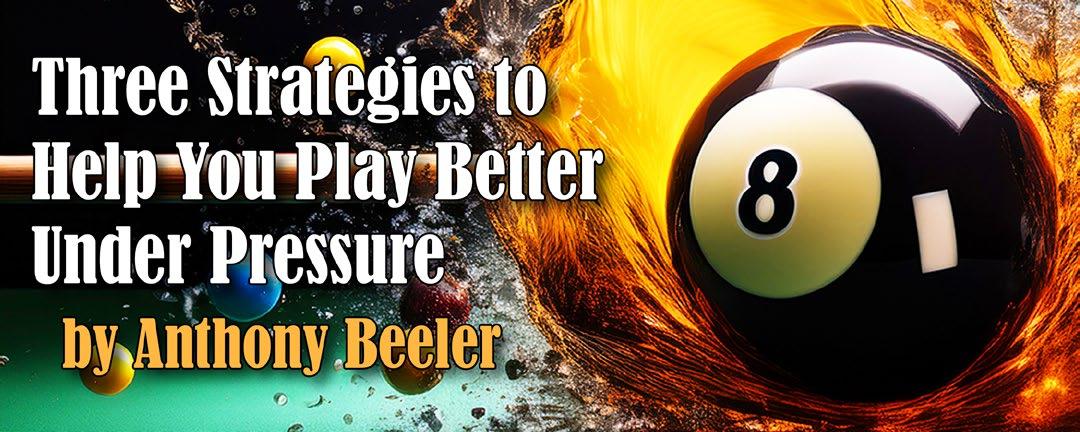
It was the finals of a professional 9-ball tournament. The crowd leaned in as two players traded racks. One of them—cool, calm, and collected—looked as if he were still practicing in his home room, despite the significance of the event. The other was clearly battling nerves: a tighter grip, rushed strokes, and the occasional shake of the head. When the match reached hill-hill, the difference between them became undeniable. One player collapsed under the pressure. The other thrived in it—and walked away with the trophy.
The truth is, pressure doesn’t magically turn average players into great ones—it reveals whether your mental game is ready. I’ve spent over a decade coaching players to perform under fire, and the lesson is always the same: you can’t avoid pressure, but you can learn to handle it. The key is to focus on three core strategies: Process, Presence, and Acceptance.
Before we talk solutions, let’s acknowledge what pressure does to your body and mind:
• Your heart rate spikes.
• Muscles tighten, especially in the grip and shoulders.
• Thoughts race, often negative: “Don’t miss this” or “If I make this one, I’ll win.”
• Focus shifts from the process of shooting to the fear of the outcome.

In practice, your mind is quiet. You’re focused on stroke, angle, speed, and spin—not consequences. In competition, that balance often flips. The good news? With the right tools, you can shift your focus back where it belongs.
As tennis legend Billie Jean King once said: “Pressure is a privilege—it only comes to those who earn it.”
Process beats outcome every time. If your goal is “I must win this match,” you’re setting yourself up for tension and fear. If your goal is, “I will follow my pre-
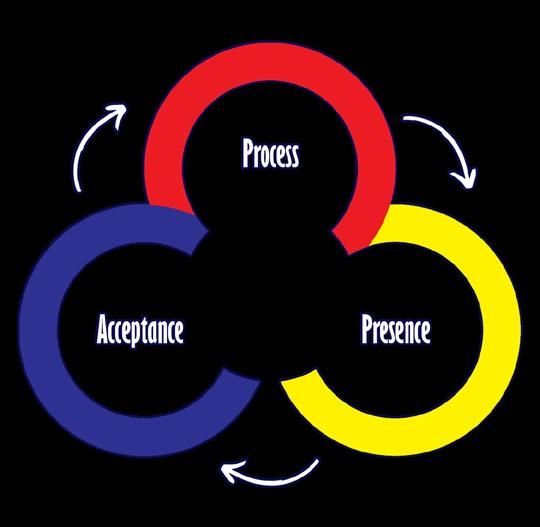


shot routine every time,” you’re focusing on something you can control.
The process might include:
• Taking the same amount of time to aim while standing.
• Locking in your routine (chalk, survey, plan, commit).
• Coming to a full stop before pulling the trigger.
Think of it like shooting a rifle—you don’t wiggle the barrel while aiming. You get steady, commit, and fire.
As basketball coach John Wooden famously taught: “Don’t let what you cannot do interfere with what you can do.” Focusing on process keeps you rooted in what’s controllable.
Pool is unique because 90% of the time, you’re not shooting—you’re waiting. Those long gaps give your brain plenty of chances to spiral into “what ifs.” Presence is the antidote.
Being present means:
• Your attention is on this shot, not the last miss or the scoreboard.
• Your body feels loose and tension-free.
• Your mind is quiet, focused only on the cue ball and object ball in front of you.
When you’re present, time slows down. Anxiety lives in the past (“Why did I miss that ball?”) and the future (“What if I lose?”). Confidence lives in the now.
Or as martial artist Bruce Lee said: “If you spend too much time thinking about a thing, you’ll never get it done.”
This may be the hardest skill of all. Every player, from the newest league member to the top professional, misses shots. Pressure magnifies the sting of mistakes, but resisting them only makes matters worse.


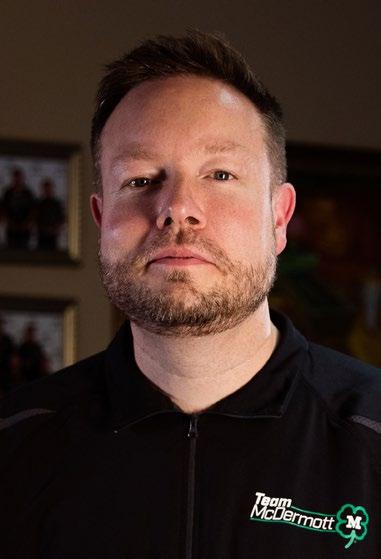
Anthony Beeler is the current Billiards Instructor of the Decade and is a former BCAPL National Champion. He has numerous “Top 25” national finishes and is the primary author of the ACS National Billiards Instructor’s Manual. He has also authored the book Unstoppable! Positive Thinking for Pool Players. Anthony currently has the highest established Fargo Rating of any Master Instructor. He has won over 300 tournaments and has defeated numerous professional players in tournament competition.

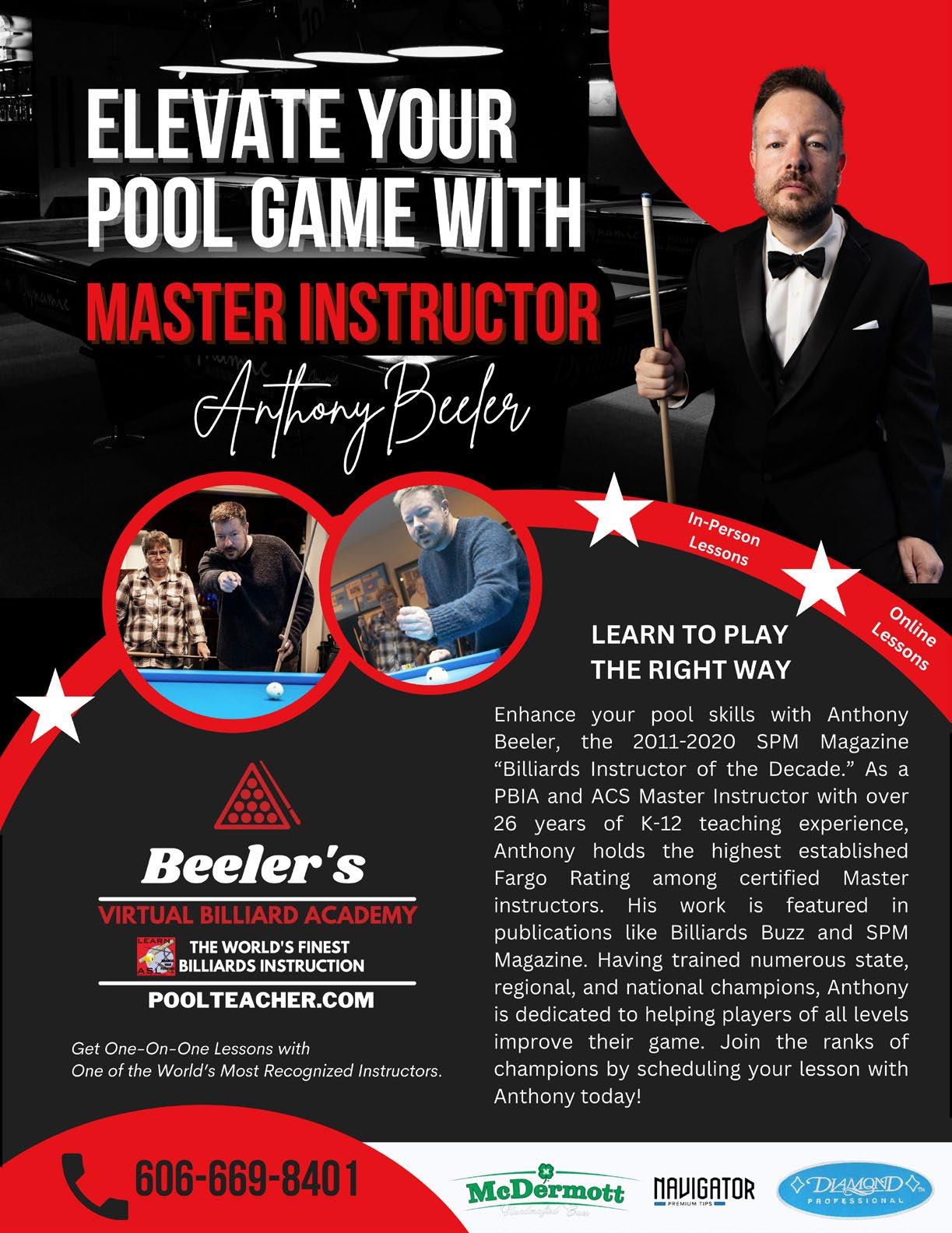
Acceptance is about self-compassion and perspective:
• Acknowledge misses as part of the game.
• Refuse to let one mistake snowball into the next.
• Keep your emotional balance—don’t let anger or shame cloud your next shot.
As golf legend Arnold Palmer put it: “The road to success is always under construction.” Mistakes aren’t the end—they’re part of the journey.
And as Michael Jordan admitted: “I’ve missed more than 9,000 shots in my career. I’ve lost almost 300 games… and that is why I succeed.”
In that final match, the player who won wasn’t the most gifted shot-maker. He was the one who trusted his process, stayed present in the moment, and accepted the occasional miss without letting it break his rhythm.

That’s the blueprint for thriving under pressure. When the stakes are high, remember:
• Focus on your process, not the scoreboard.
• Stay rooted in the present, where the only shot that matters is the one in front of you.
• Practice acceptance, so a miss is just one ball, not the unraveling of your match.
As baseball legend Yogi Berra once quipped: “Baseball is 90% mental, and the other half is physical.” Pool might not be baseball, but the truth still applies—your mental game is everything.
The crowd may hold its breath. Your heart may pound. But if you master these three strategies, you’ll discover something remarkable: under pressure, you won’t just survive—you’ll play your very best.



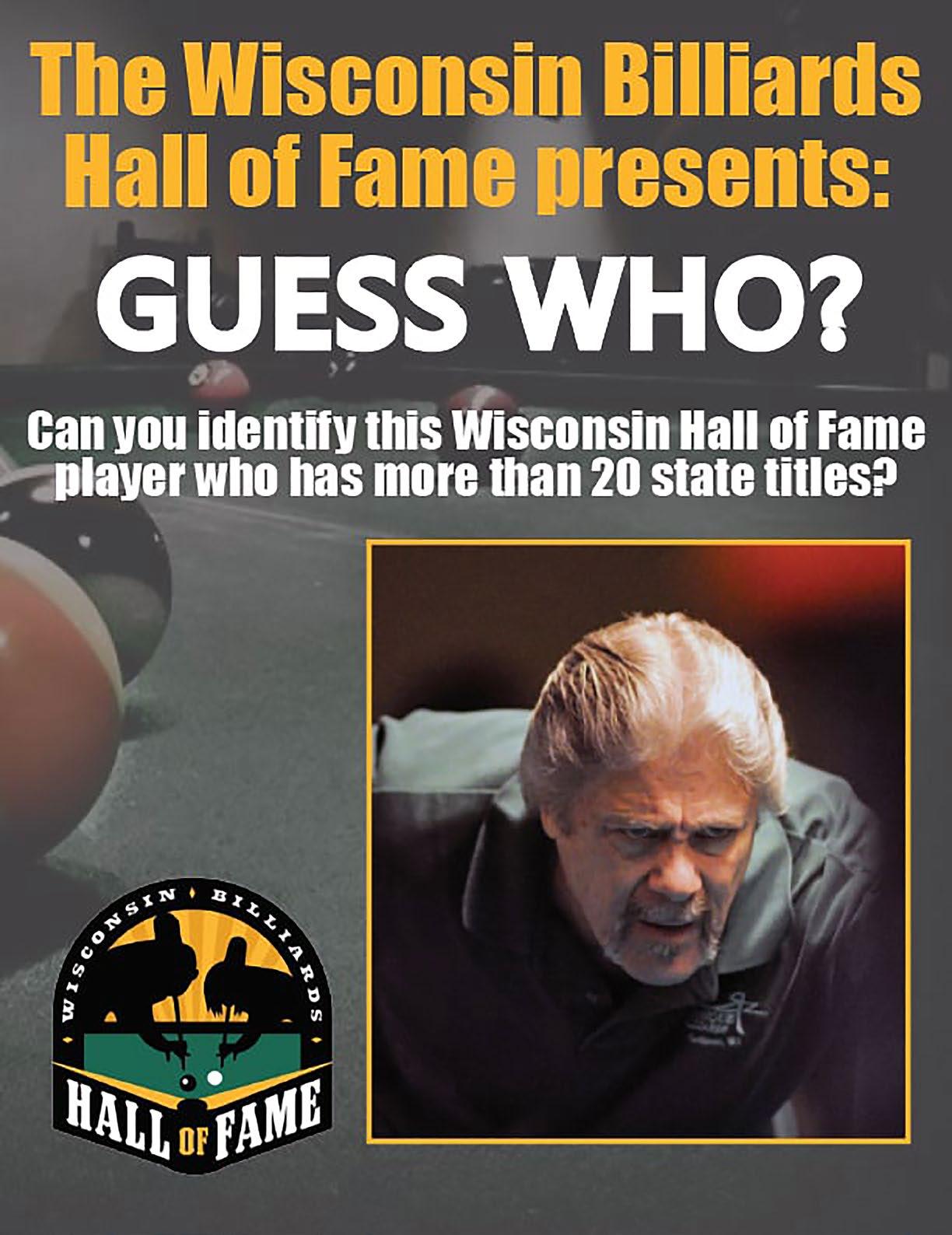

1. 3. 7. 9. 10. 11. 14. 15. 16. 17.
Hitting an object ball into a rail before pocketing
Where you can find awesome interviews by Mark White
Minnesota Fats real last name
Common material used in cue tips
2025 PBIA Instructor of the Year
Auction-style gambling pool for betting on opponents in a tournament
He said, "Greatness lies in the ability to overcome self-doubt"
Color of the stripe on the eleven ball
Number on the green striped ball
The first shot of a game
1. 2. 4. 5. 6. 8. 12. 13. Rails
Type of resin used in break tips
Shot hit downward with sidespin to make the cue avoid obstacles
Answer to the question on the opposite page
Hitting the cue ball into a rail before contacting the object
According to Fast Eddie, the second thing you need to win
Number of total balls on the table for a game of carom billiards
The Cloth of Champions
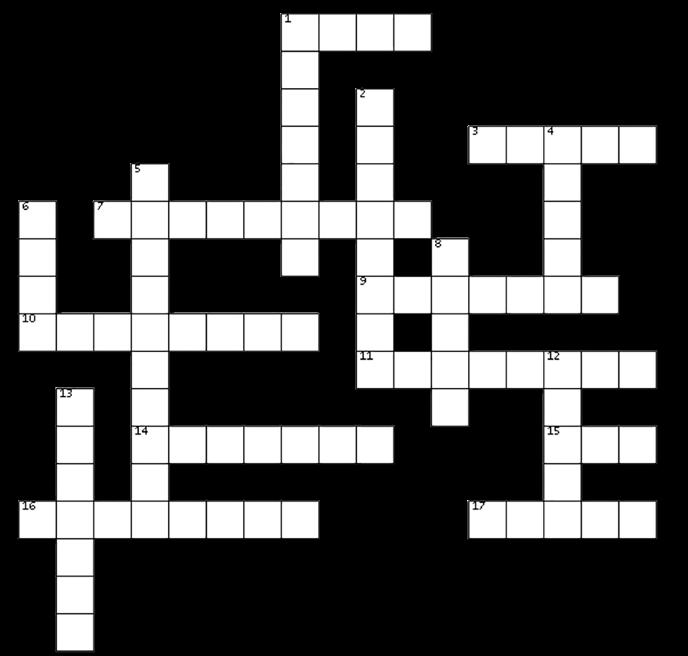
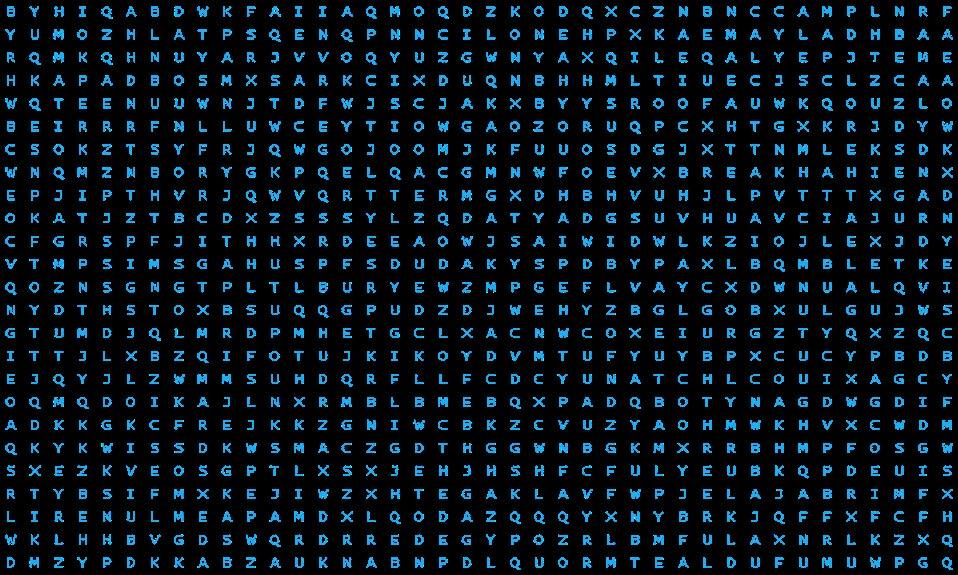



Pool players are athletes who require less physical demand but more mental skill than those in other sports. Once fundamental pool skills are mastered, pool primarily becomes a mental venture. So, the work you do on your pool mental skills is just as important as your time spent working on shotmaking and position play. And yet, most pool players do not spend much time addressing the mental aspects of playing pool. The mental side of pool is often overlooked. It is more fun to play pool or practice running balls than to work on mental skills. But, fifteen to thirty minutes per week of mental training can significantly improve your pool playing abilities. This is because the words and images you put in your brain are what create your physical motions.
Mental toughness, focus, and resilience are common themes among successful pool players. Their mental game is as critical as their physical skills. Some insights from professional pool players regarding their mental game:
Efren Reyes
• I stay calm by focusing on the process. Each shot is a puzzle to solve. I don’t think about winning or losing.
• Confidence comes from practice. The more shots you make in practice, the more confident you’ll be in competition.
• Your mind is the most powerful weapon you possess in the pursuit of greatness.
• Visualization is the language of the mind; speak success into existence.
• Pool is a game of intelligence, skill, and focus. It’s all about making the right decisions at the right time.
Allison Fisher:
• I use positive self-talk. I tell myself, you’ve done this a thousand times. Trust your instincts.
• Breathing exercises help me stay calm. Slow, deep breaths reset my mind during pressure situations.
• Confidence is the elixir of champions, fueling belief in one's abilities and the courage to take calculated risks.
• True mastery of the game is achieved when the mind and body harmonize, executing each shot with precision and grace.
• The mental game of pool includes patience, concentration, and the ability to recover from mistakes. It’s not just about your skills; it’s about how you handle and learn from setbacks.
Kelly Fisher:
• I embrace pressure. It’s an opportunity to prove myself. I remind myself that I love this game.
• Learn from mistakes. Each miss teaches you something. Analyze, adjust, and move forward.
• The pursuit of perfection in every shot separates the good from the great and the champions from the rest.
• The mind is the compass guiding a champion through the labyrinth of a match, navigating with precision and intent.

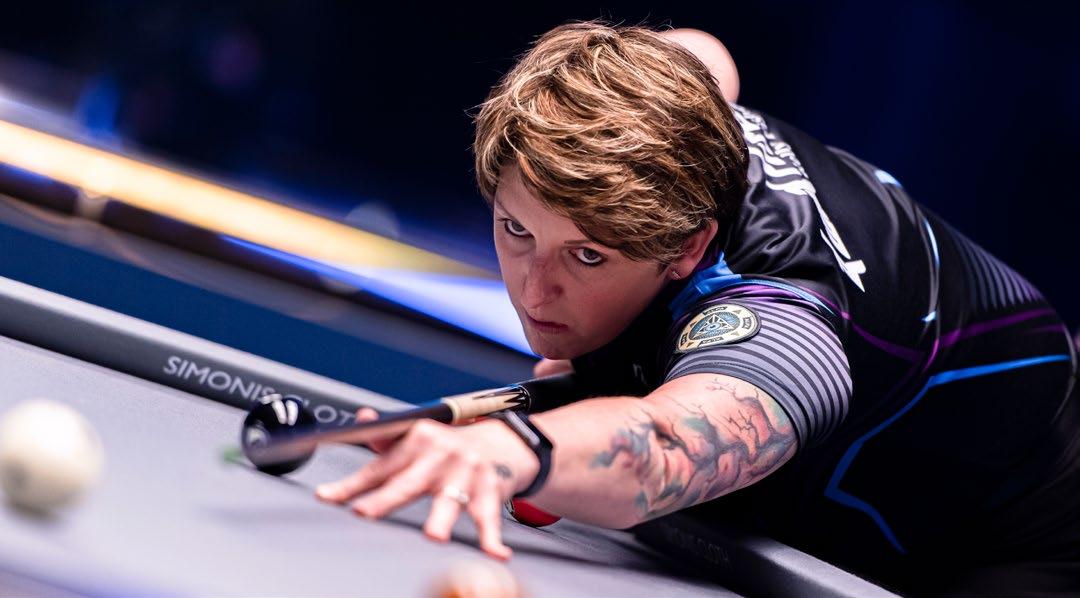
Earl Strickland:
• Mental strength is the foundation upon which victories are built.
• Every setback is an opportunity to learn, adapt, and come back stronger.
• Focus on the present moment, for that is where true excellence resides.
• Mental preparation is the key that unlocks a player's full potential.
Jeanette Lee (The Black Widow):
• Mental toughness is crucial. You have to believe in yourself even when things aren’t going well. Stay focused and positive.
• Visualization helps me. I see the shot, feel the cue, and imagine the ball dropping into the pocket.
• The mind is the compass, the cue the vessel, and the champion the navigator, charting a course to victory.
• The pursuit of excellence requires an unwavering belief in oneself and an insatiable hunger for improvement.
• The mental aspect of pool is often overlooked, but it’s just as important as the technical skills. Keeping a clear mind and staying composed under pressure can lead to victory.

Darren Appleton:
• Confidence is everything. I tell myself, ‘I’m the best player in the room.
• Stay patient. Don’t rush. The right shot will come.
• Champions are made by their ability to stay focused on the present moment, shutting out distractions and doubts.
• Embracing a Pre-shot Routine can revolutionize your gameplay, enhancing focus, minimizing errors, and ensuring precise shot execution.
Willie Mosconi:
• Greatness lies in the ability to overcome self-doubt.
• The path to victory is paved with determination and unwavering focus.
• Strength comes not from physical prowess alone, but from a resolute mind.
• Every shot is a lesson in itself. No matter how much you've practiced, there's always something to learn from each shot.
• The key to success lies in the ability to stay focused amidst distractions.


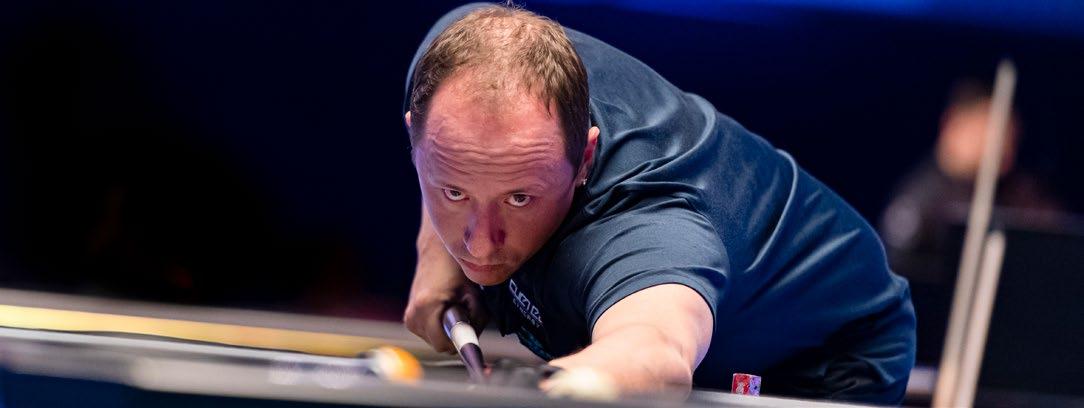
Shane Van Boening:
• I visualize the entire match before it starts. I see myself making tough shots and staying composed.
• Staying in the moment is key. Forget about previous shots or future games. Focus on the present.
• Champions embrace pressure, harnessing its energy to perform their best when it matters the most.
• When you’re playing pool and you give yourself the opportunity, you have to be positive.
Various Pros:
Minnesota Fats:
The best way to learn about billiards is to play against someone who is better than you.
Johnny Archer:
Pool is a mental game. It’s all about strategy and concentration.
Jasmin Ouschan:
Resilience is the cornerstone of a champion's character, bouncing back stronger after every setback.
Mika Immonen:
Greatness is achieved by embracing the pressure, using it as fuel to elevate your performance to new heights.
Ga Young Kim:
Visualization is the bridge between the mind's eye and the perfect execution of a shot.
Francisco Bustamante:
The best players are the ones who can control their nerves and stay relaxed.
Pan Xiaoting:
Confidence is key. Believe in yourself and your abilities, and you will achieve greatness.
Ralf Souquet:
The secret to success is simple – work hard, stay positive, and never give up.
Johnny Morris:
Pool is mostly mental. As you walk around the table, you analyze the angles, the spin, the speed, and the weight of every shot.
Ralph Greenleaf:
Billiards is not just a game; it’s a way of life. It teaches you discipline, resilience, and sportsmanship.
Insights from professional players like Jeanette Lee, Efren Reyes, Allison Fisher, and others highlight the importance of mental toughness, focus, and resilience. Techniques such as visualization, positive self-talk, and breathing exercises can significantly enhance a player's performance. By dedicating time to mental training, pool players can achieve greater success and enjoyment in the game. The mind is the most powerful weapon you possess in the pursuit of greatness. So, embrace the mental aspects of pool and watch your game reach new heights.



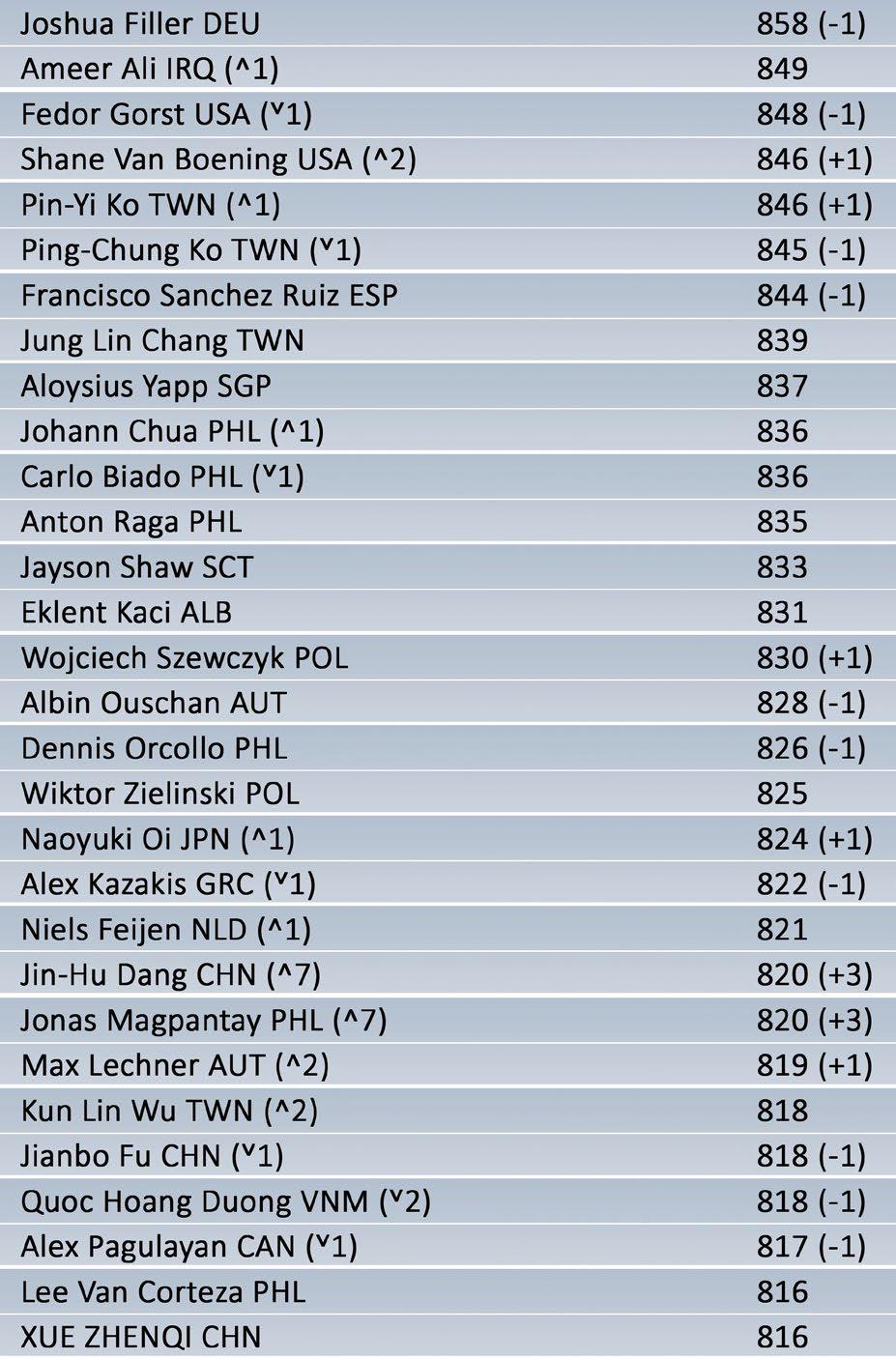

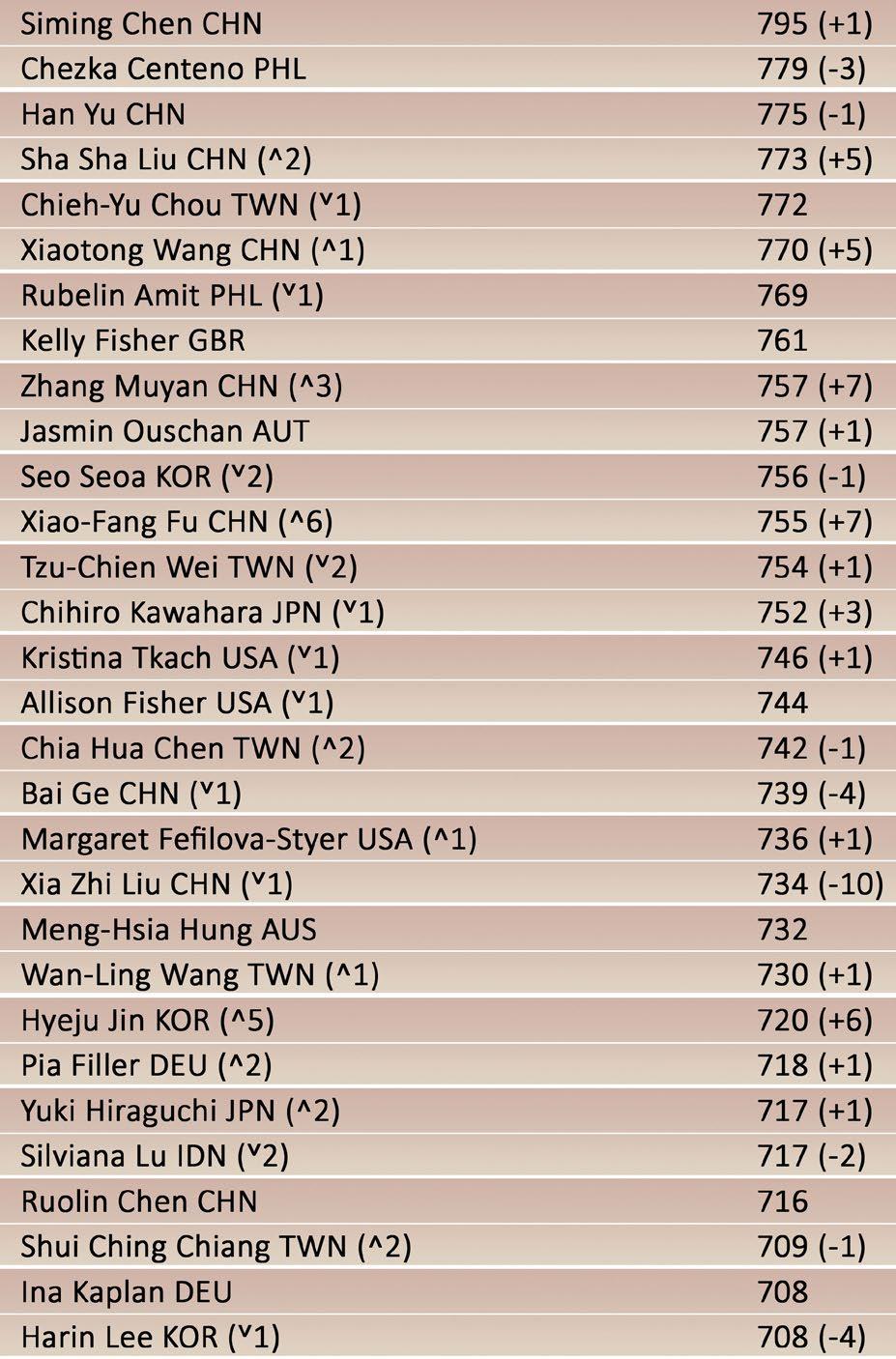



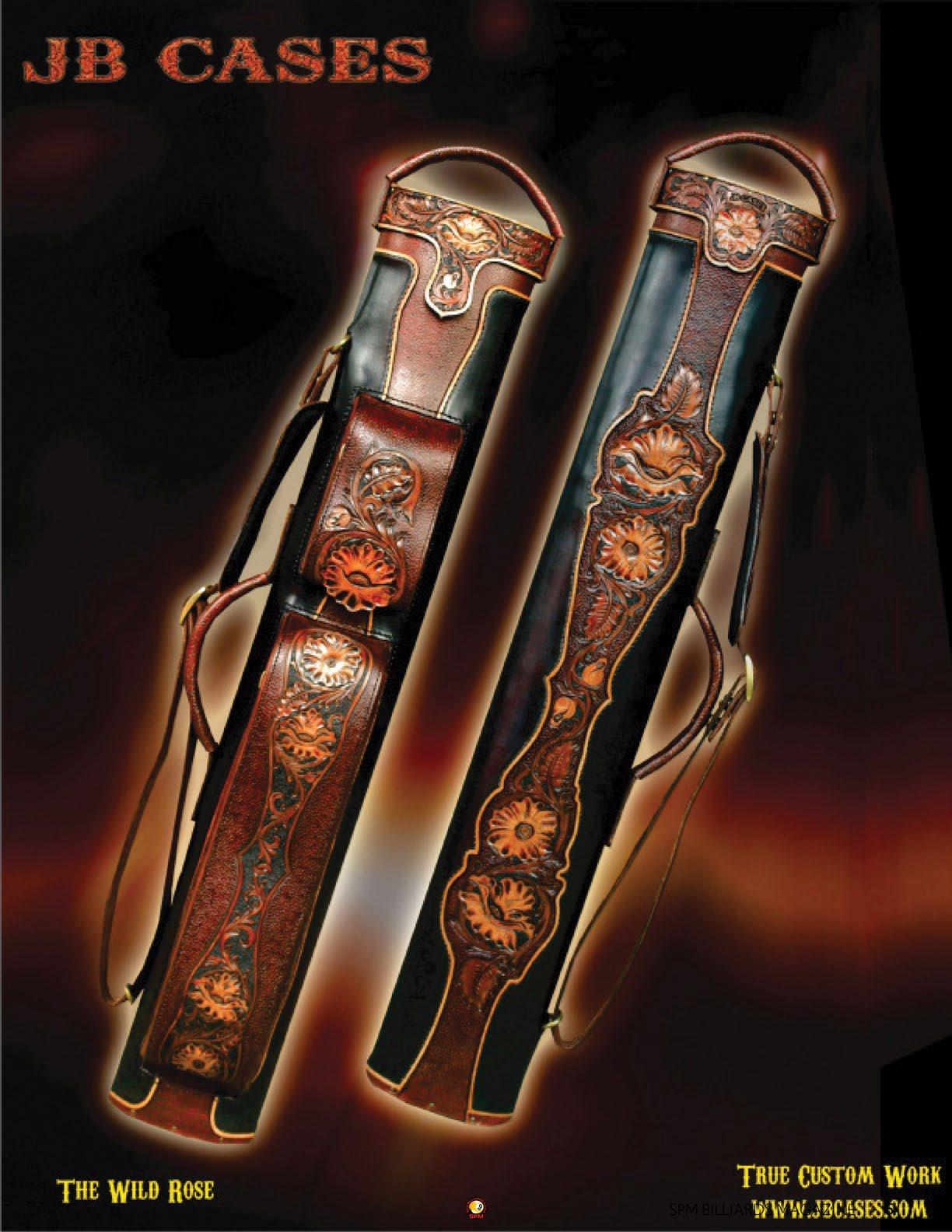

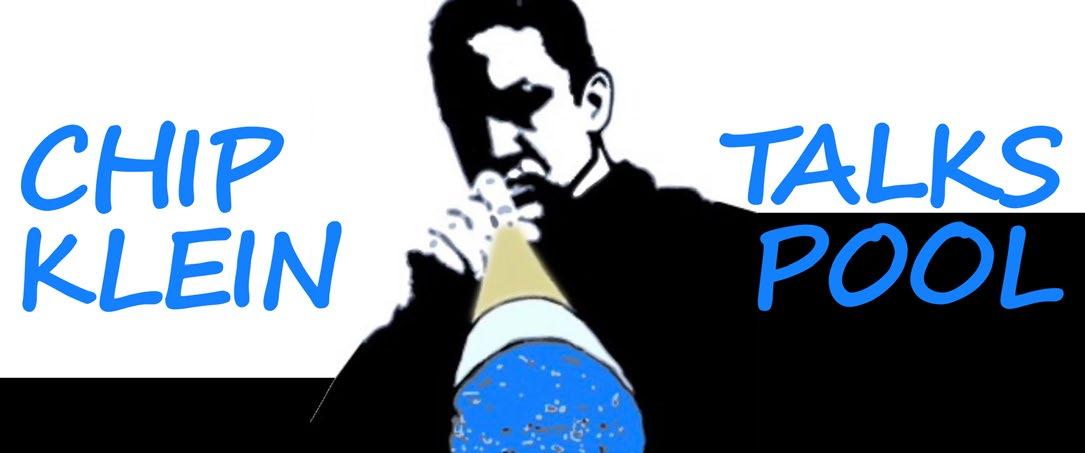
BRING THE POCKET UP SO YOU CAN SEE WHERE YOU ARE BANKING TO!
Hey! You brought the corner pocket to the center of the table!
Yes. Yes I did…and you can too!
Many times when we’re playing a long bank, the pocket disappears behind us. We no longer have a peripheral reference.
You can bring the corner pocket forward so that when you go down on the shot, you can bank to the imaginary pocket and you can see the line.
I like to stand behind the corner pocket and simply place my cuetip where the fake pocket is. You can get on the line as though you were kicking at the 4 off the short rail. Then I bank to that pocket.
Hope this works for you. Good luck.
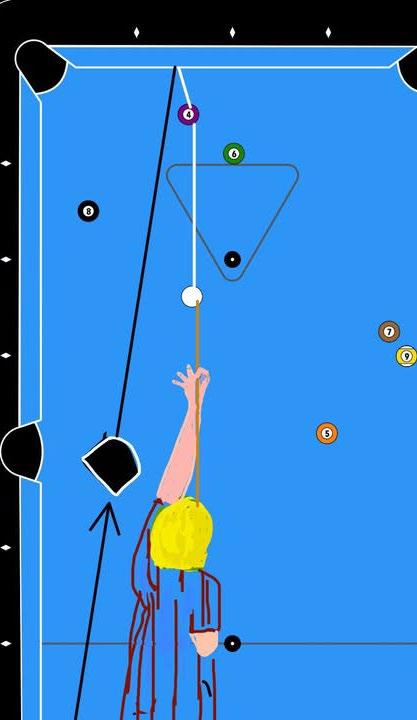

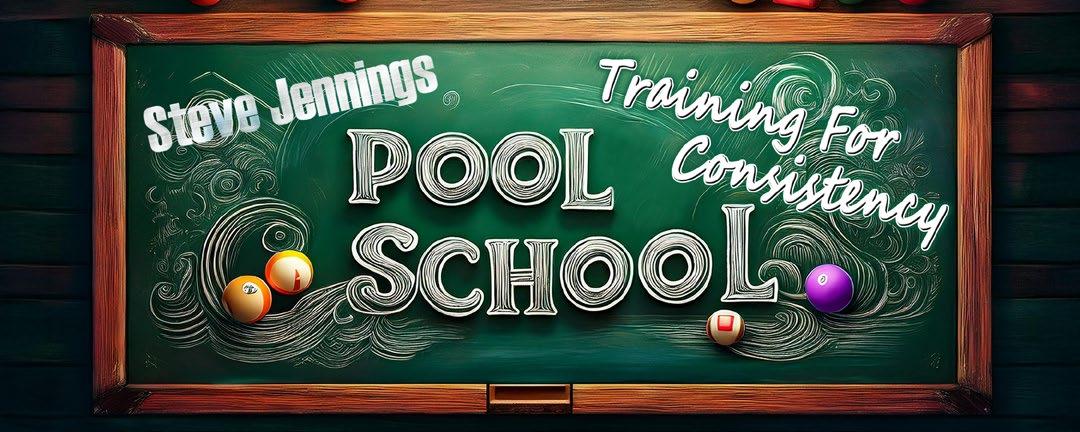
We’ve all had the thought at some point in our pool playing journey…”How can I play so well one night, and have it fall apart the next night?” One of the most frustrating aspects of pool is the lack of consistency we encounter along the way. Granted, part of it is a matter of luck. Sometimes the balls just lie out in our favor, and other times you’re faced with a table of problems. The luck of the rolls is beyond our control, a fact we just have to accept.
We also need to accept that we can’t always expect to play at our highest level, just as we won’t always play at our worst. Over time, we will find our individual average, which is somewhere between the two. Our ultimate goal is to improve our overall game so that our average continues to improve. Focus on the big picture rather than the short-term fluctuations.
So, how do we go about achieving improvement and developing more consistency in our pool game? The simple answer is repetition. Training ourselves to do the same things the same way every time. I’m not talking about hitting a million balls. I personally cringe whenever I hear someone give that advice. Rather, we have to work to make every part of our shooting process a habit formed by muscle memory. That’s how we make our habits natural.
We all can remember the Karate Kid. How did Daniel train for the tournament? Wax on and wax off. By
making the same physical movement repeatedly, he conditioned his body to react automatically when needed. We can do the same thing with our pool game. Practicing solid stroke mechanics until they are automatic is the best way to bring more consistency to your game. If you practice a proper stroke enough, it will show up in your game without thinking about it. We don’t want to be thinking about our stroke in the middle of a match. Train to make a great stroke so automatic that it becomes nearly impossible to have a bad stroke.
It’s important to keep in mind that even building solid stroke mechanics and routines doesn’t mean you’re going to win every game or match you play. As is often said, if you’re winning every match you play, you’re probably playing in the wrong room! In every pool game you play, there will be only one winner. Your goal is to make long-term improvements. It doesn’t matter if you play better or worse from day to day. That’s the law of averages. Instead, make your goal to be better this month than you were last month. Don’t rely on league handicaps or Fargo ratings to measure your game. Those are only numbers. You alone can evaluate your progress in this game. Stay focused on doing the things that will keep your game moving forward.
Until next time…
Steve Jennings ACS/SPF/PBIA Master Instructor


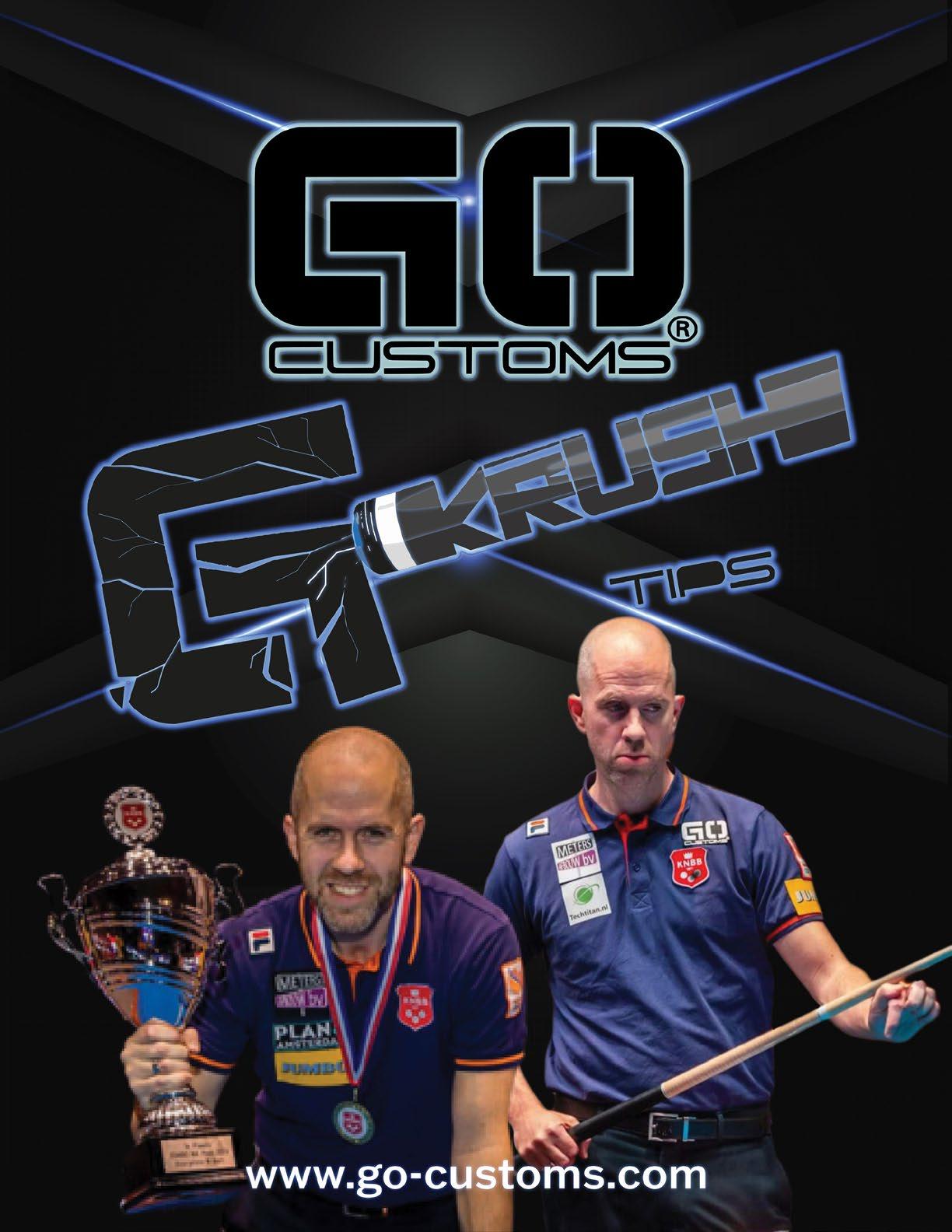

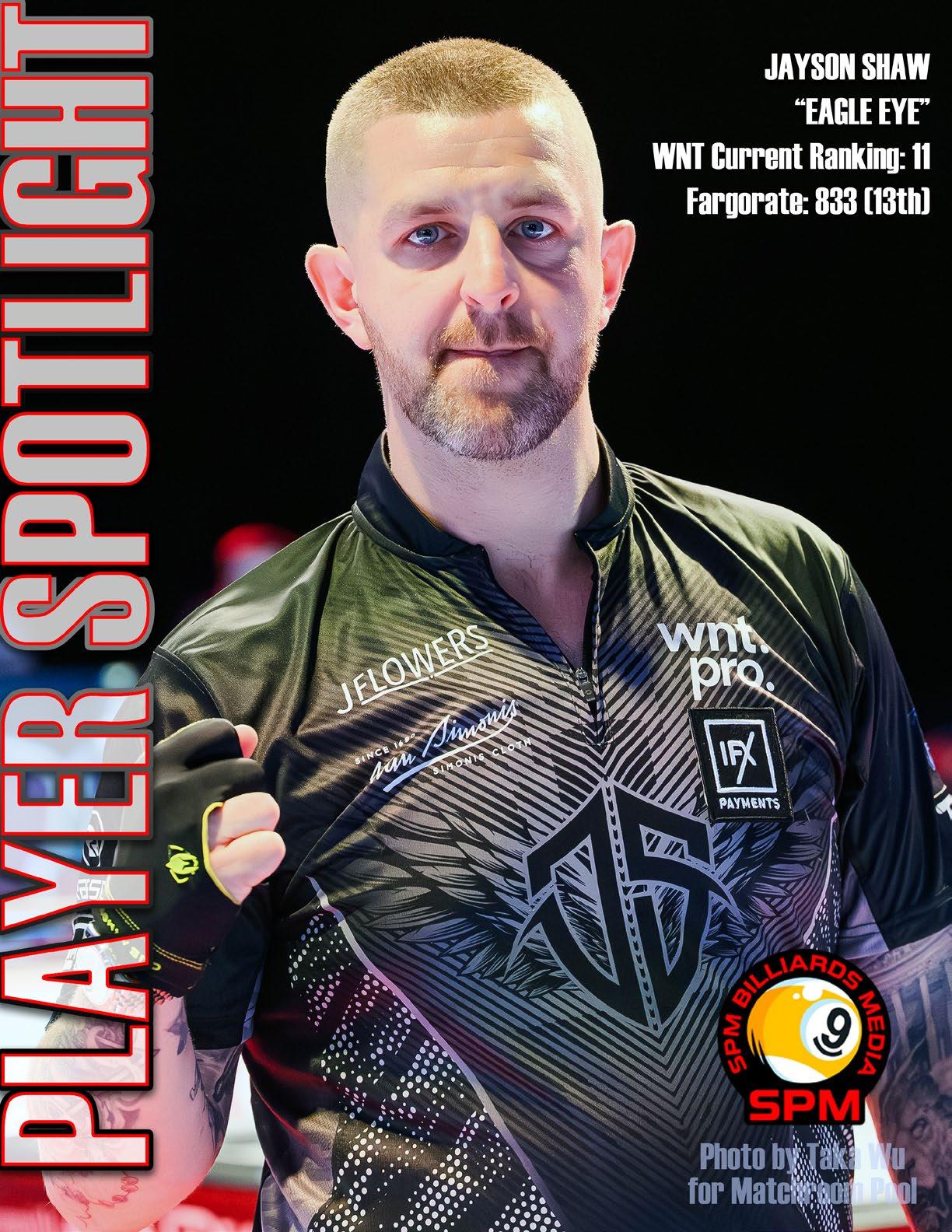
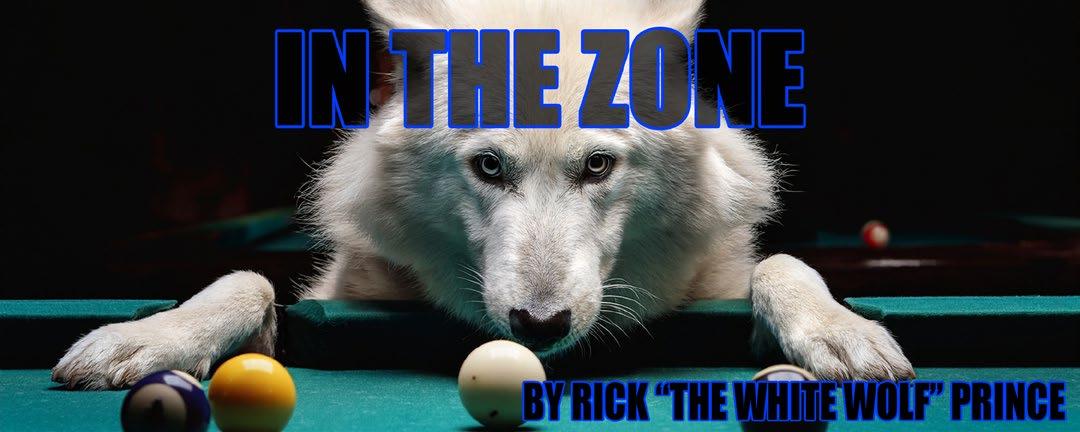
The Term "In the Zone" is frequently used when a player is so focused, and is making one shot after the other, with what seems like extreme ease.
What I'm about to tell you may sound ludacris, but I can give you "My Good Word", that it always works for me". Hopefully, you already understand the principal behind the phrase....
"Think
As you know, there's two parts to every shot, the shot itself, and cue ball placement.
When I approach the table for my shot, I stand back a few feet as I contemplate which pocket I'm going to pot the ball in, and where I want whittie to land for my next shot. Then I step into the shot "in line".
This is how I buckle up and prepare myself for the 'Zone'.

In my minds eye, I see myself shooting the shot and executing it perfectly and the cue-ball coming to a stop exactly where I had anticipated.
I imagine the rail-birds clapping and cheering me on, even if there aren't any rail birds.
Then I repeat this process until the last ball is pocketed and the room erupts in loud clapping, even if there is no one there to clap.
That, my friends is how I put myself in the zone, and how I am able to keep myself there!
Doing this will give you more focus, and allow you to block out any unwanted distractions!
Until next time,
Happy Shootin'!!
~ The White Wolf




Don't be a “nice guy;” be a real guy, or gal, whatever you prefer.
As a veteran player, I've learned that gamesmanship is just as important as skill when it comes to dominating the table. It's about psychological warfare, intimidation, and mental manipulation. In this article, I'll share some personal anecdotes that showcase my own brand of gamesmanship.
One particular incident that stands out is when I boldly declared to the entire bar, before the tournament, that I was going to win the eight-ball event. The room fell silent, and all eyes were on me. Some people might have thought I was arrogant or reckless, but I knew exactly what I was doing. I was setting the tone and creating a sense of expectation. And, as it turned out, I did exactly what I said I would do – I won the event. The psychological impact of that declaration cannot be overstated. It was a statement of confidence, a declaration of intent, and a warning to my opponents that I was not to be underestimated.
Even in unexpected settings, my gamesmanship skills remain sharp. During a recent visit to the Biloxi VA PTSD program, a small pool tournament was held with about eight participants. Despite having played pool only a handful of times that year, I was confident in my abilities. Before the tournament, I made a point to call out my expected win to the nurses station. Sure enough, I emerged victorious. After the tournament, I followed up with another comment, reaffirming my dominance in the competition. This display of confidence and gamesmanship not only showcased my skills but also highlighted my ability to perform under pressure, even in unfamiliar environments. By making my intentions known beforehand, I was able to assert my dominance and make the win all the more satisfying.
Another notable example of my gamesmanship was when my opponent had to beat me twice from the losers' side in a double-elimination format. As we began the first set, I casually mentioned, "I'm laying down on the first set, but don't get too comfortable. I can still come back." This statement was a clever ploy to lull my opponent into a false sense of security, making them believe they had the upper hand. However, when the second set arrived, I completely dominated the game,


blowing my opponent out with a convincing score, likely around 4-2, given the slight handicap advantage I had. By making my earlier comment, I was able to psychologically unsettle my opponent, making my eventual victory all the more satisfying. This kind of gamesmanship showcases my ability to think strategically and use mental tactics to gain an edge over my opponents.
Also, I wanted to win that tournament outright, So they couldn't say I split it with anyone.
I'm making a statement that says, "I'm in control, and you're not."
Gamesmanship is all about getting inside your opponent's head and making them doubt themselves. It's about creating an aura of confidence and invincibility. When I make a bold declaration like the one above, I'm not just talking trash – I'm setting the tone for the rest of the tournament. I'm making a statement that says, "I'm in control, and you're not." This kind of psychological warfare can be devastating to opponents who are not prepared to deal with it.
Another pocket-billiards escapade that stands out is when I played in a barbox eight-ball tournament with my HoneyBee there, cheering me on.
I knew the eight ball could go in the left side pocket off the break, so I whispered "Eight, left side" in her ear.
The confidence and precision of my prediction were not lost on my opponent. When the break shot resulted in
the eight ball dropping into the left side pocket, it was a devastating blow to my opponents' morale.
Finishing the game with a single shot at the table, after winning the lag and break, was the icing on the cake, my HoneyBee going wild, cheering in disbelief, happily stunned. Gamesmanship. Checkmate.
What made this moment particularly sweet was the subtlety of my gamesmanship. I didn't make a big show of my prediction; instead, I shared it quietly with my partner. This understated approach can be just as effective as more overt forms of gamesmanship, as it allows the opponent to stew in their own doubts and fears.
In another instance, my friend had to beat me twice from the losers' side after he broke and ran the first rack of eight ball on me. Despite being in a potentially vulnerable position, I remained confident and focused. When I won the second break, I declared, "Eight on the break playa," and proceeded to make the eight ball on the break, winning the tournament. The playful banter and gamesmanship between us added to the enjoyment of the game, showcasing the importance of mental toughness and composure under pressure.
These are just a few examples of my gamesmanship tactics. Stay tuned for more stories and insights into the mind of a master player. From trash talk to clever distractions, I'll share it all. Let's get into the nittygritty of gamesmanship and explore the strategies that separate the champions from the mere mortals.
I recall a particular instance where an opponent made a comment about me being "good, but not as good as


I think I am." In response, I stood up in the middle of my shot and declared my intention to run out that rack and the next one. This bold statement was a direct challenge to my opponent's assertion, and it showcased my confidence in my abilities.
By standing up for myself and asserting my dominance, I was able to gain a psychological edge over my opponent and set the tone for the rest of the set.
As a seasoned player, I've mastered the art of subtle gamesmanship, often conveying confidence and dominance without overtly trash-talking. My demeanor and body language can be just as effective in unsettling opponents as any bold declaration. In APA nine-ball competitions, I've used this approach to great effect, quietly exuding confidence and expertise that can be unnerving to opponents. My independence and selfmotivation also play a role in my gamesmanship, as I prioritize my own goals and ambitions over team dynamics.
This solo approach allows me to stay focused and driven, giving me an edge over opponents who may be distracted by team pressures or expectations.
By "grinding" and pushing myself to be the best, I create an aura of intensity and determination that can be intimidating to those around me.
One memorable instance of my gamesmanship was when I won nearly $700 in a high-stakes game. As I returned home, I threw the cash on the bed and declared, "This is how you ball!" – a bold statement that showcased my confidence and swagger.
But the gamesmanship began even before the win, when my opponent proposed a gentleman's bet and offered to have me cover his bar tab after he had lost later that night.
I quickly shot back, "I'm not a gentleman, and anyway, what's your tab? Two or three hundred? That's a lot to cover." This exchange set the tone for any games he or I would subsequently play in the future. By questioning the notion of a "gentleman's bet" and poking fun at the stakes, I was able to gain a psychological edge that carried over into any games we played thereafter.
When I entered the APA pool league in late 1997, I started as a 4, but my rapid improvement soon saw me drop to a 3, and then swiftly climb through the ranks to 4, 5, 6, and 7 by the year 2000. This journey was fueled by my early idolization of a rank 6 player who had hustled me for money when I was still a novice. However, fate had an interesting twist in store. By 2000, I had not only caught up with this player but had surpassed him. We met in the later stages of an APA qualifier in Orlando, Florida, both having qualified locally in Tallahassee. The tables had turned, and I emerged victorious, beating him in a convincing manner. We had a side bet, and I made some truly remarkable shots, showcasing my skill and dominance. The unspoken gamesmanship of total domination was palpable, as I proved myself to be the superior player. This victory was not just about winning; it was about vindication and proving my growth as a player.
Always believing in yourself, your passions, your dreams, and mainly, it's about respect, but if people want to test a wolf? Show them your teeth!
One memorable match that stands out was against a player who accidentally became the popular Facebook page, Full Throttle Billiards Academy (FTBA).
His name is Brian; he had said, when I was talking about “full throttle billiards,” he came back with “The FTBA, Full Throttle Billiards Academy!” So, the name stuck: gamesmanship.


At the time, I was a 7, and he was a 6. We played a match with a handicap, and I dominated the early stages, getting up 4-0. With the handicap, he only needed to win 4 games to tie the match, while I needed to win 5. As I lined up an easy shot to extend my lead, I decided to play a defensive shot instead, more out of jest than strategy. This move was a bit of gamesmanship, poking fun at my opponent's situation.
Despite my teasing, my opponent managed to mount a comeback and eventually won the match 4-4 with the handicap. After the game, I couldn't resist making a comment: "Don't forget, you didn't actually beat me; you beat me with a handicap. We're still tied."
This exchange showcased the playful and competitive nature of our rivalry, and it highlighted the importance of mental toughness and adaptability in high-pressure situations.
He has since let me know that he never forgot that, and that it was true, an example of the lasting impacts of gamesmanship.
In a memorable match, I told my opponent in a race to seven nine-ball, "I'm going to break and run these first three racks on you if you don't mind." My opponent likely took this declaration as a challenge, and the game was on. I proceeded to break and run the first two racks, just as I had predicted.
However, I didn't quite live up to my bold claim, as I didn't run the third rack. Instead, I added a touch of humor to the situation, saying, "My bad. I lied. I only ran two. Your shot." This lighthearted comment showcased my confidence and playfulness, while also acknowledging the unpredictability of the game.
Despite my initial dominance, the match took an unexpected turn, but my gamesmanship had set the tone for a competitive and entertaining game.
These examples all exude the confidence to be had with gamesmanship applied heavily to the game of pool, as it relates to me personally.
Earlier, I mentioned how I stood up in the middle of a shot and declared my intention to run the rack and the next one out, simply because an opponent had made a comment about me being "good, but not as good as I think I am." I also discussed how I boldly declared my intention to win an eight-ball event to the entire bar before the tournament, and then went on to do just that.
Additionally, I've shared stories about telling an opponent I'll break and run the first three racks, predicting the eight ball on the break, and throwing cash on the bed after a big win, declaring, "This is how you ball!" These examples, along with others, demonstrate my ability to use gamesmanship to gain an edge over my opponents and showcase my confidence and skill in various situations.
Gamesmanship is an art that requires a deep understanding of the game, your opponents, and yourself.
Through my experiences, I've learned that confidence, psychological warfare, and subtle intimidation can be just as important as skill when it comes to dominating the table. By sharing my stories and insights, I hope to inspire others to explore the world of gamesmanship and develop their own strategies for success.
Whether you're a seasoned player or just starting out, remember that gamesmanship is a powerful tool that can help you gain an edge over your opponents and take your game to the next level.

